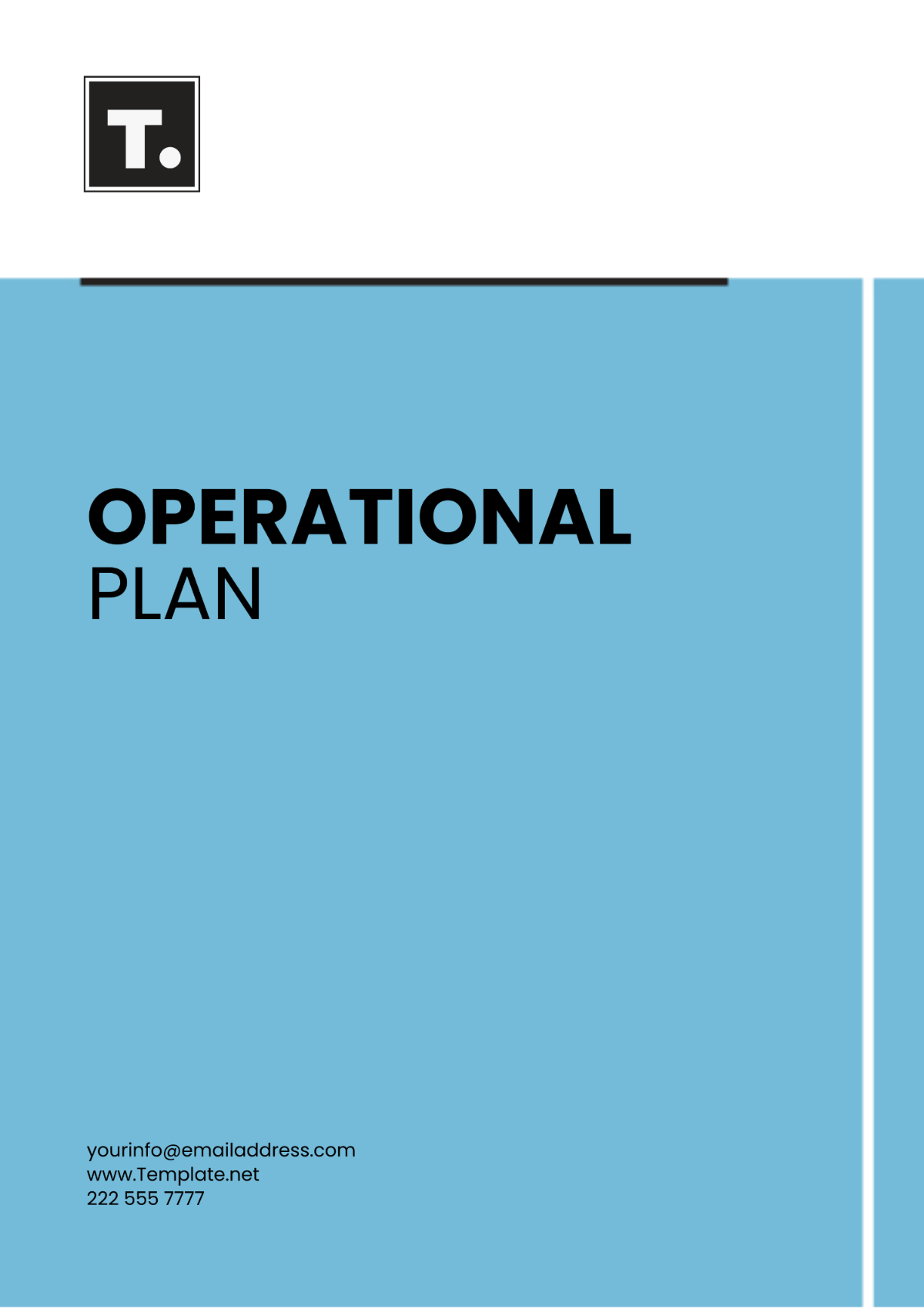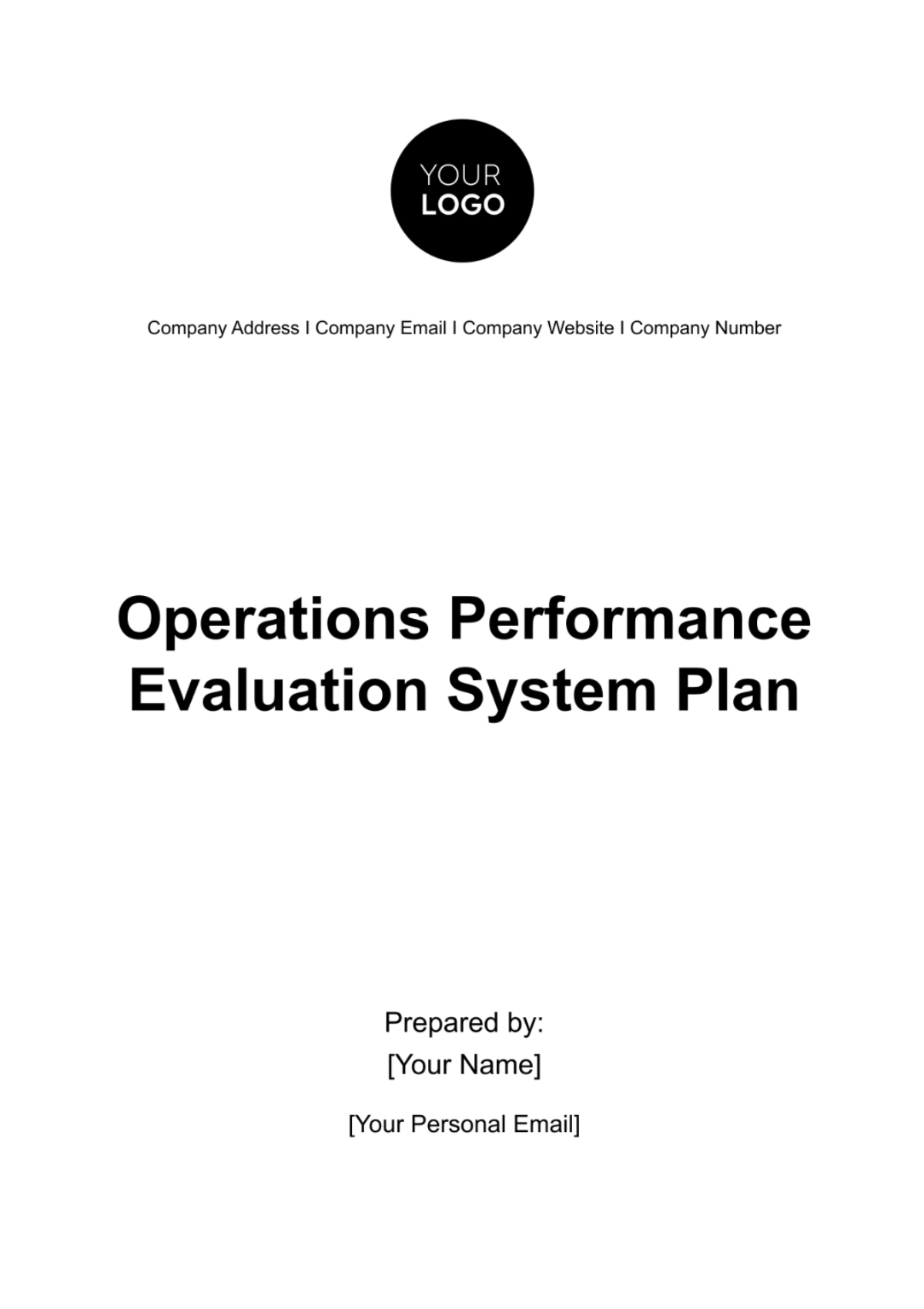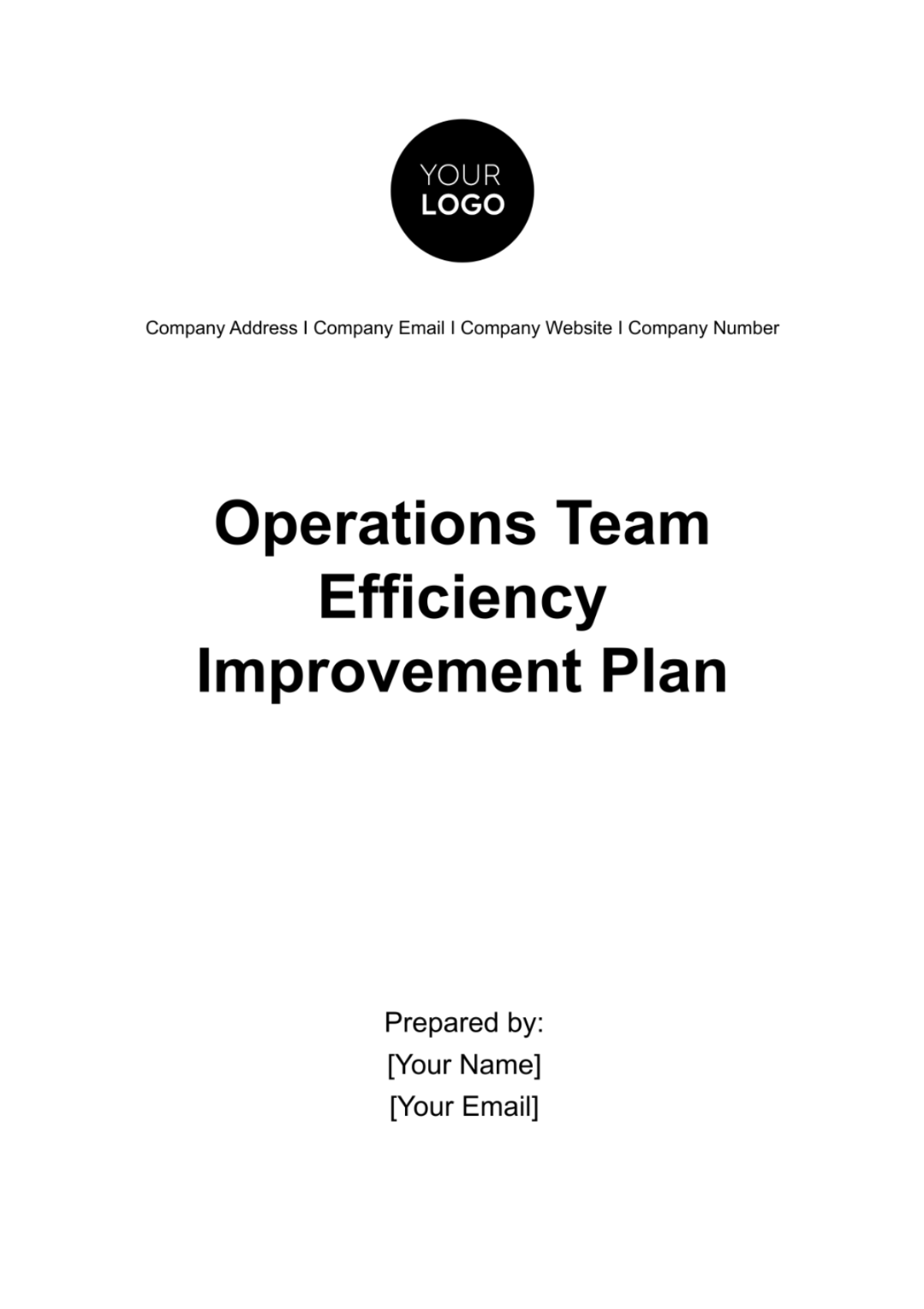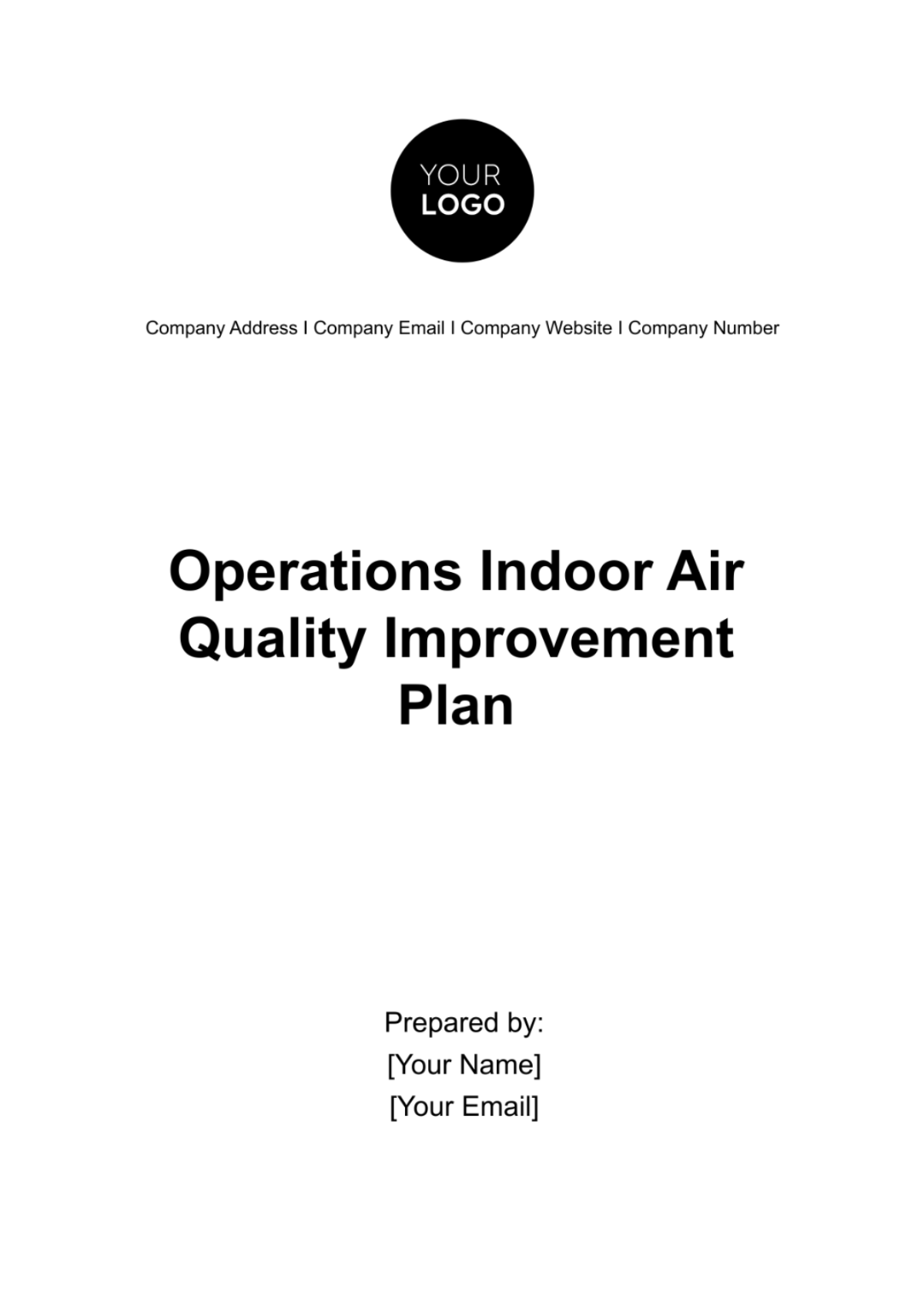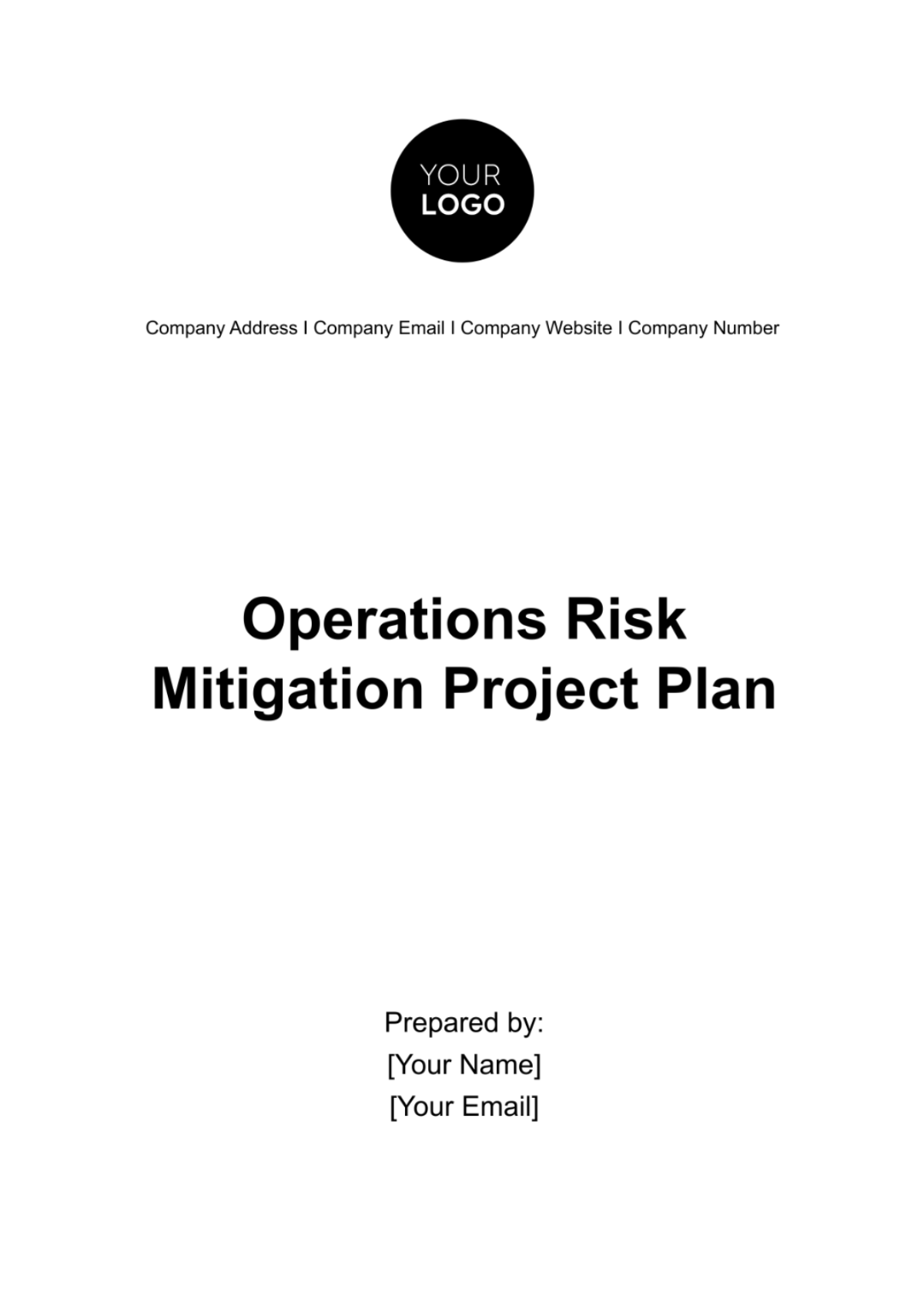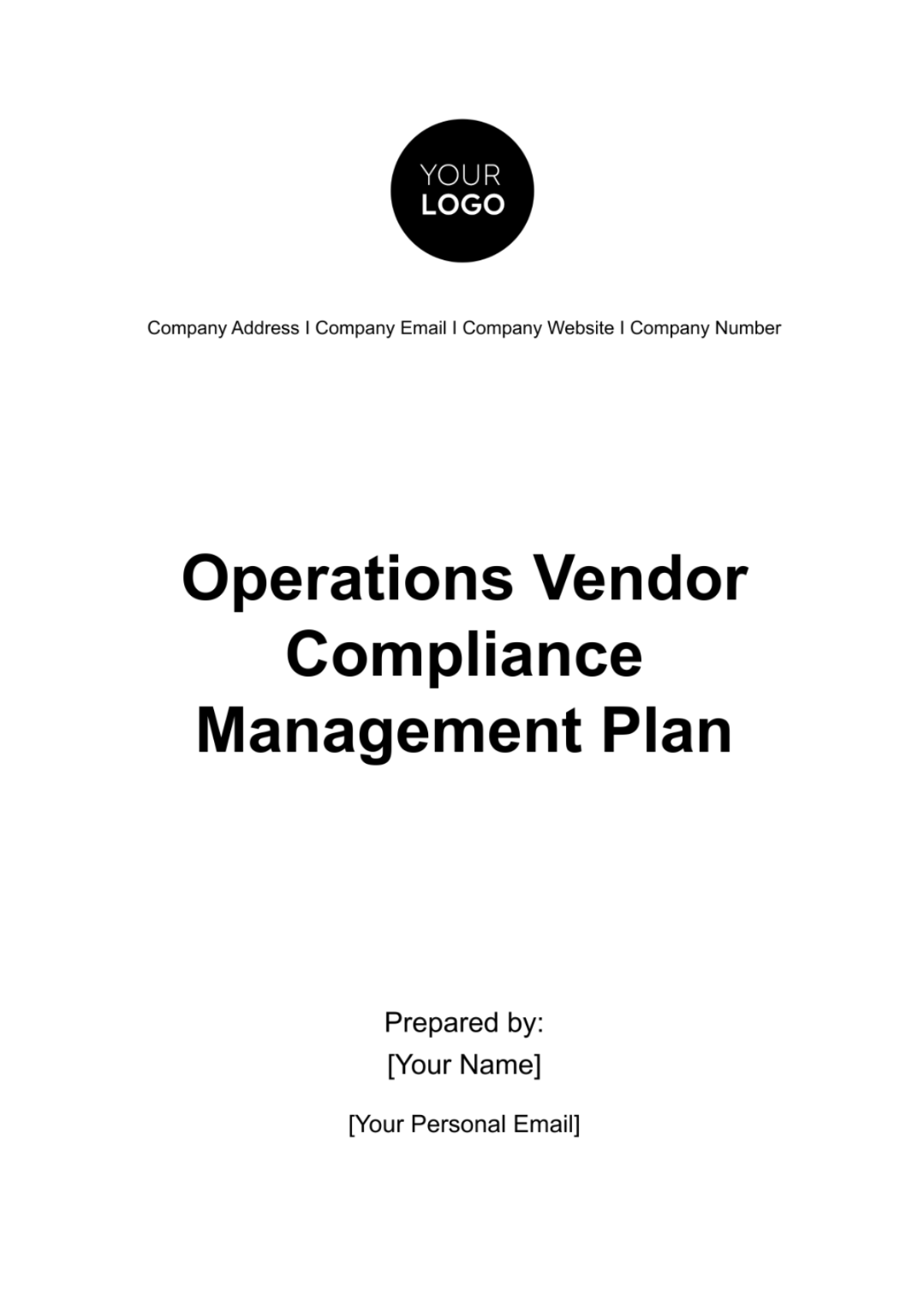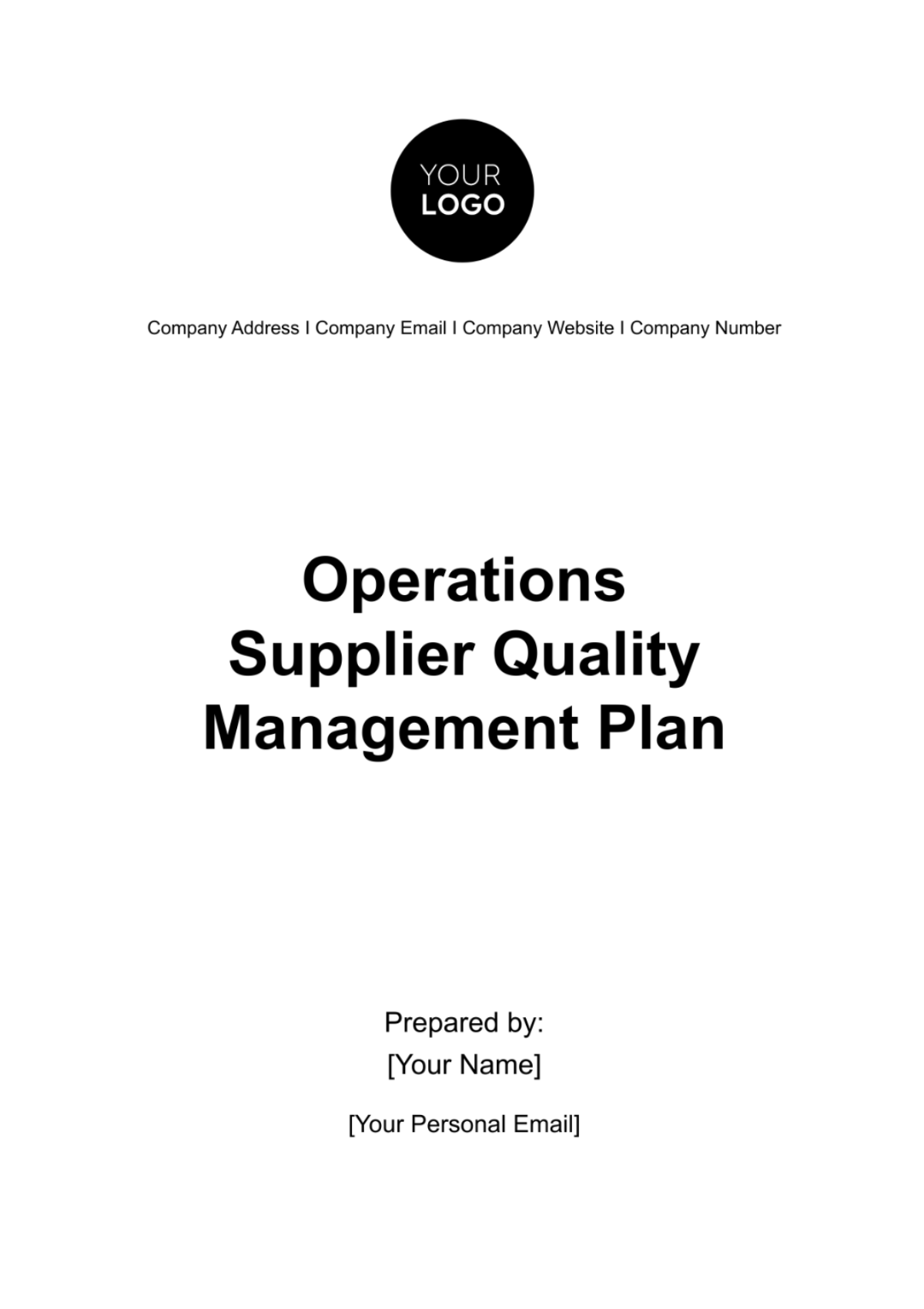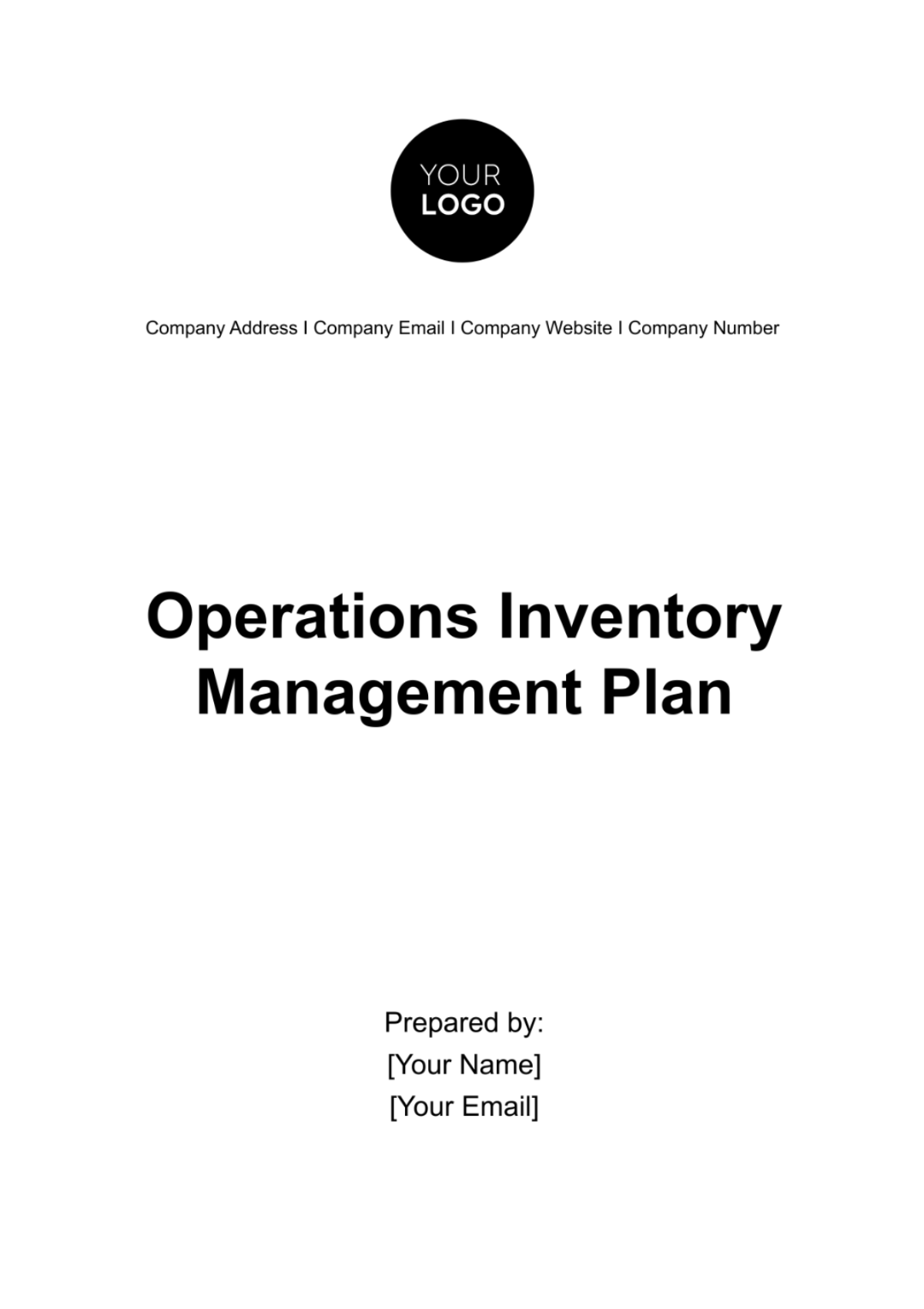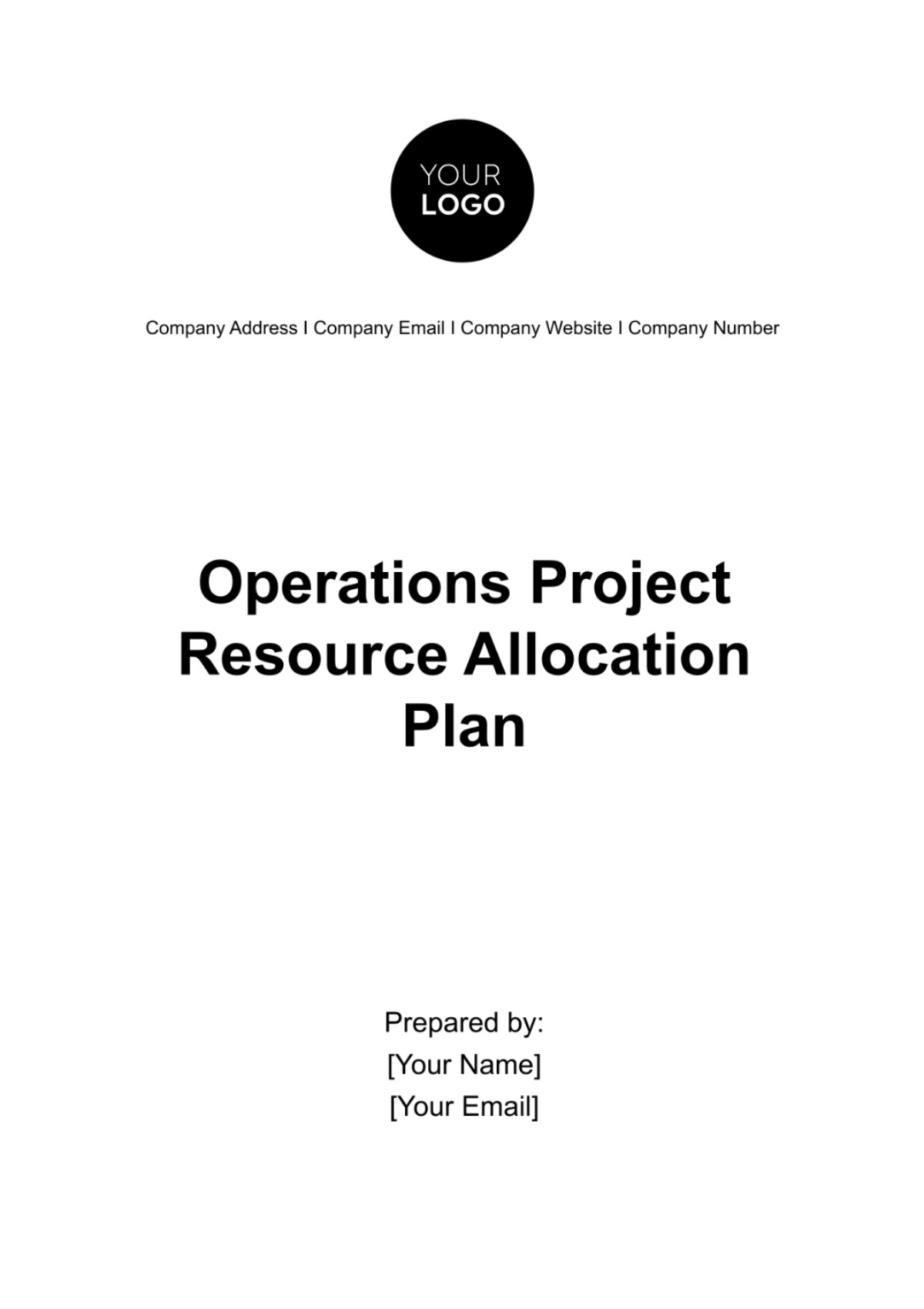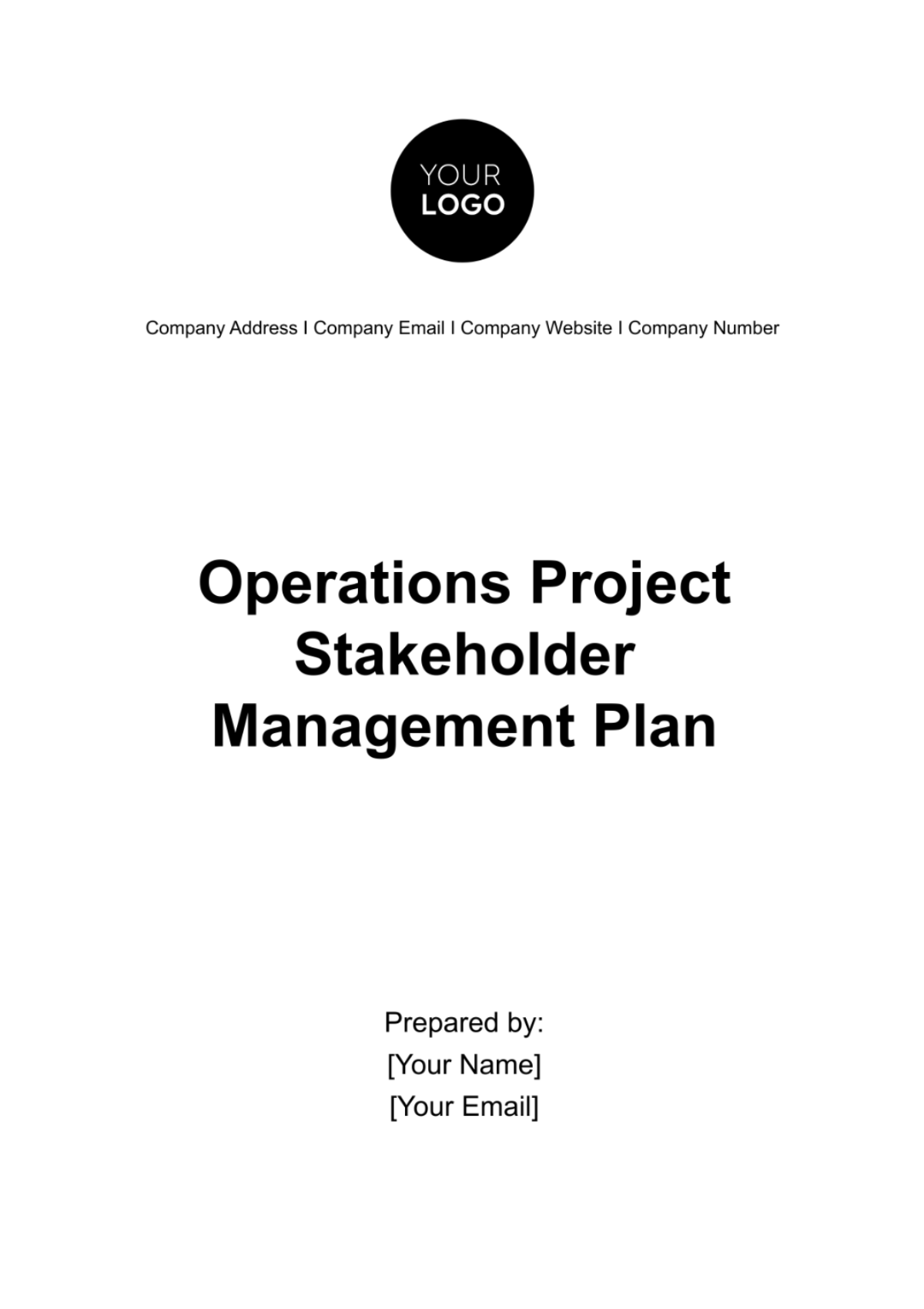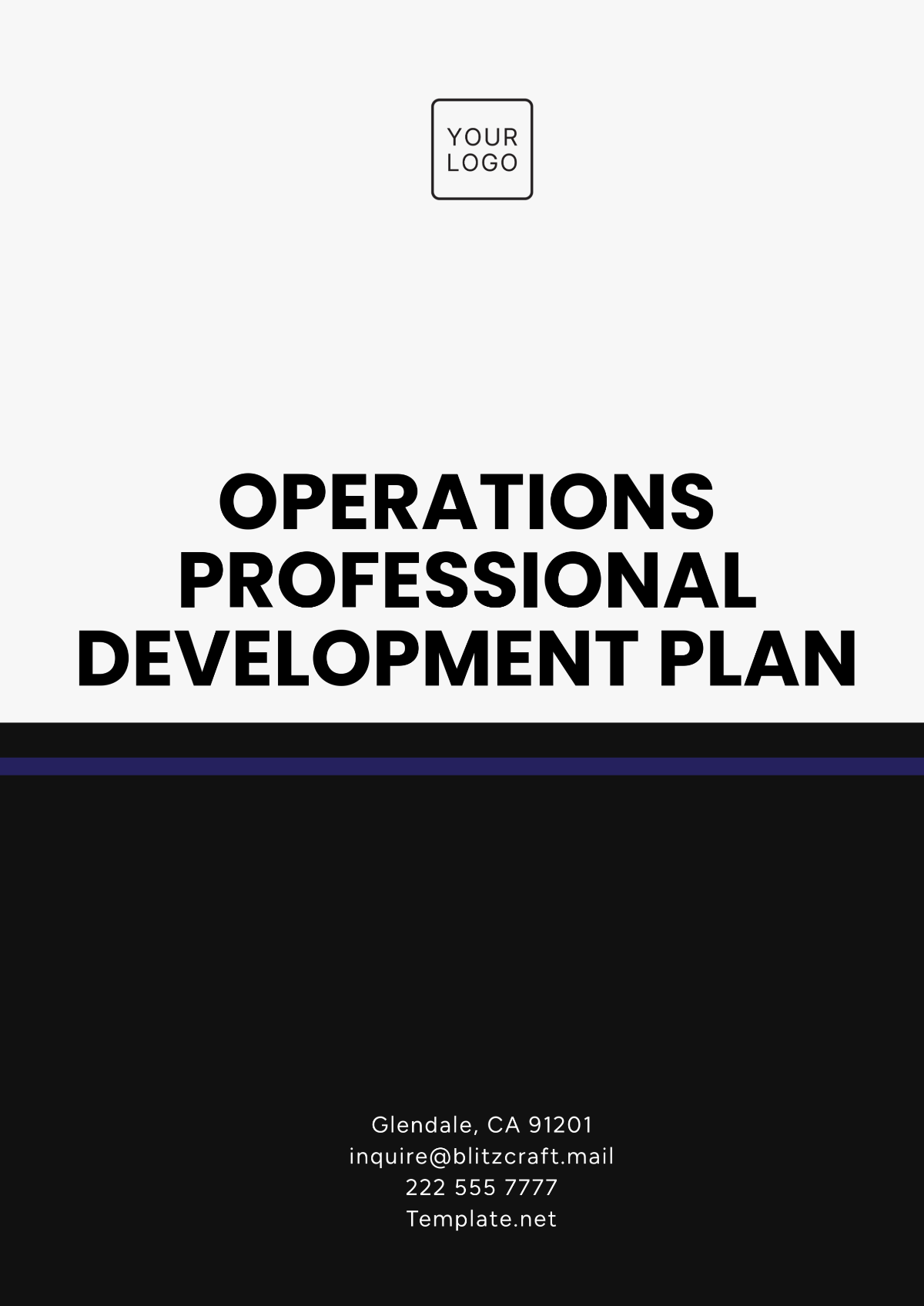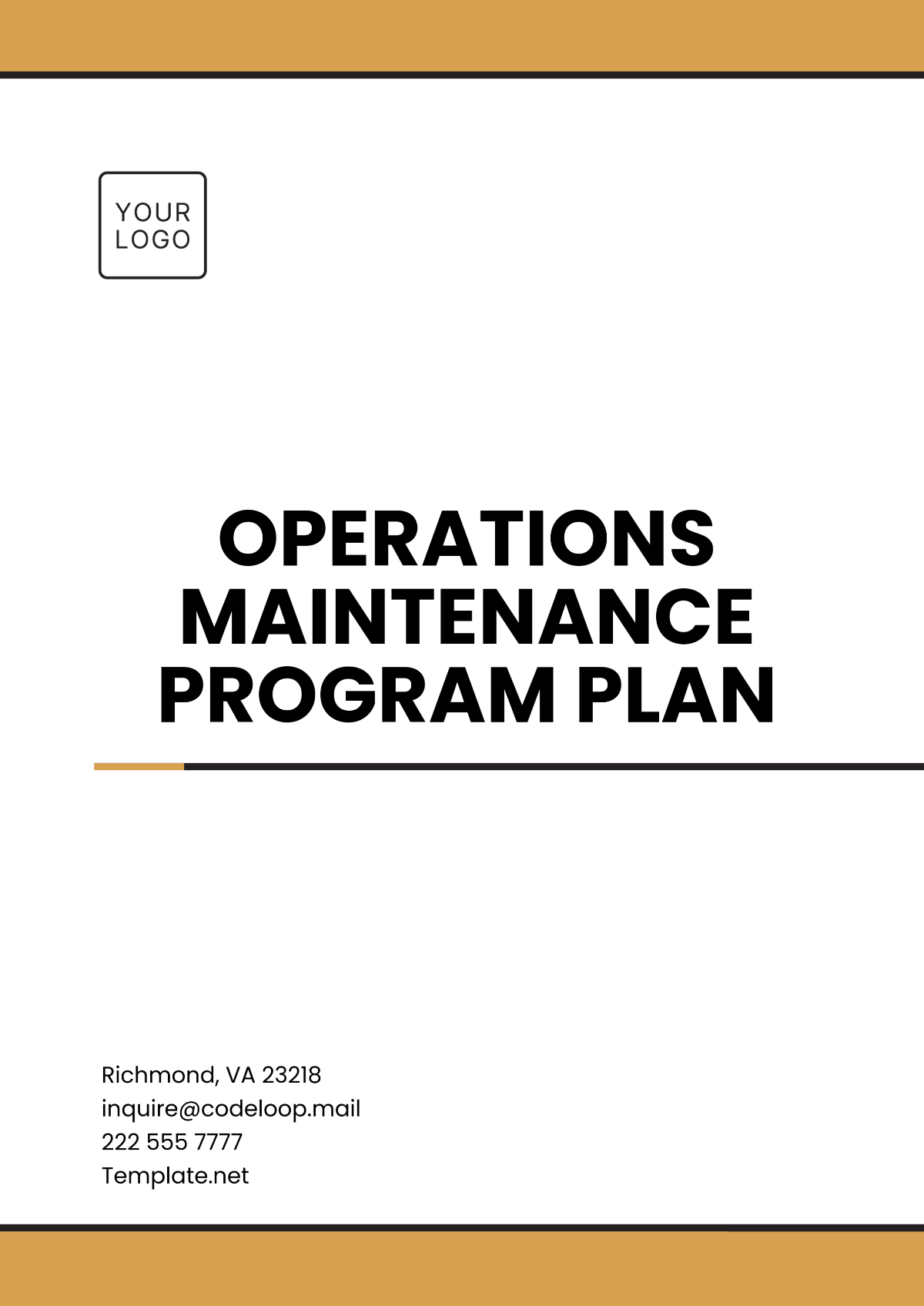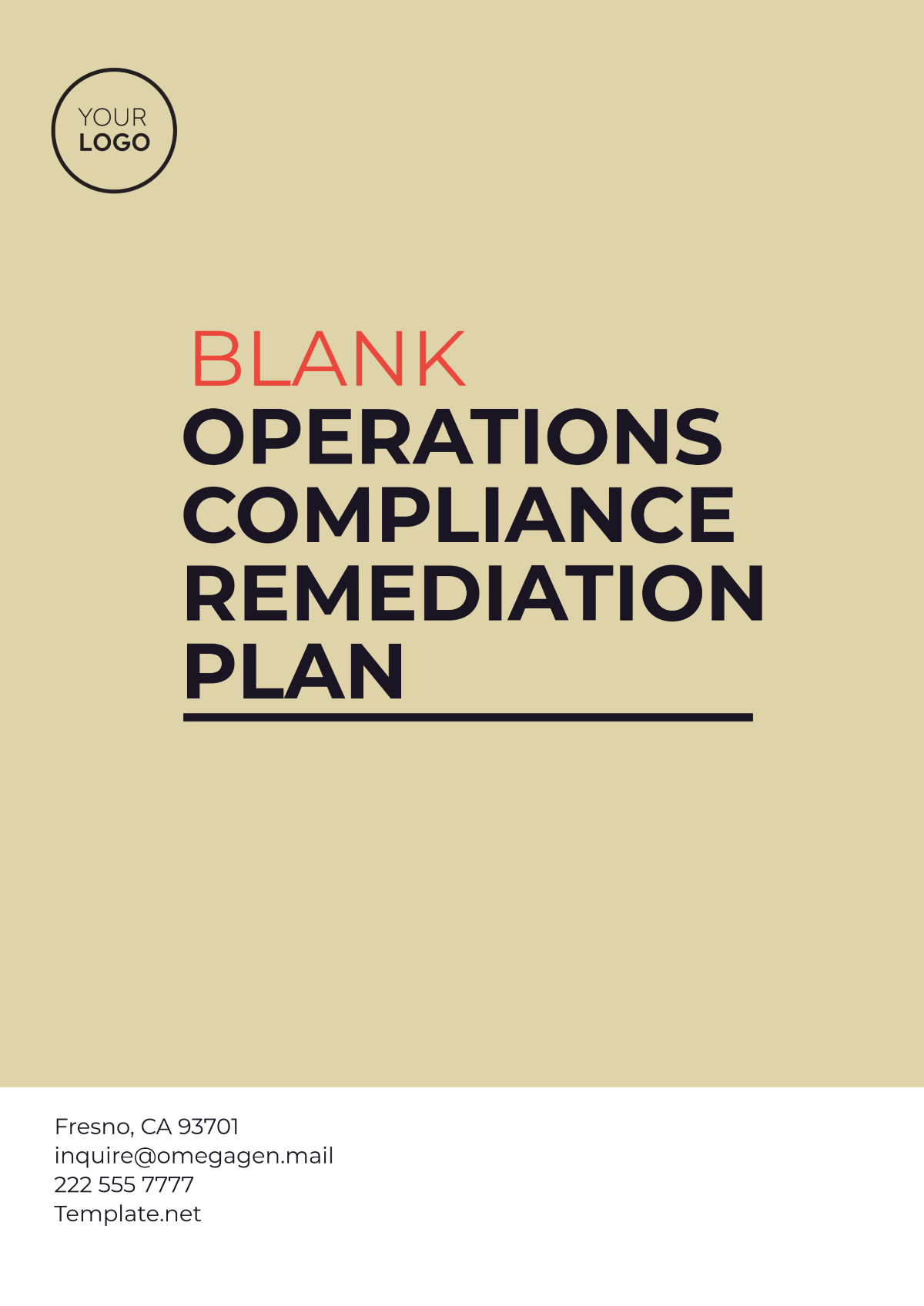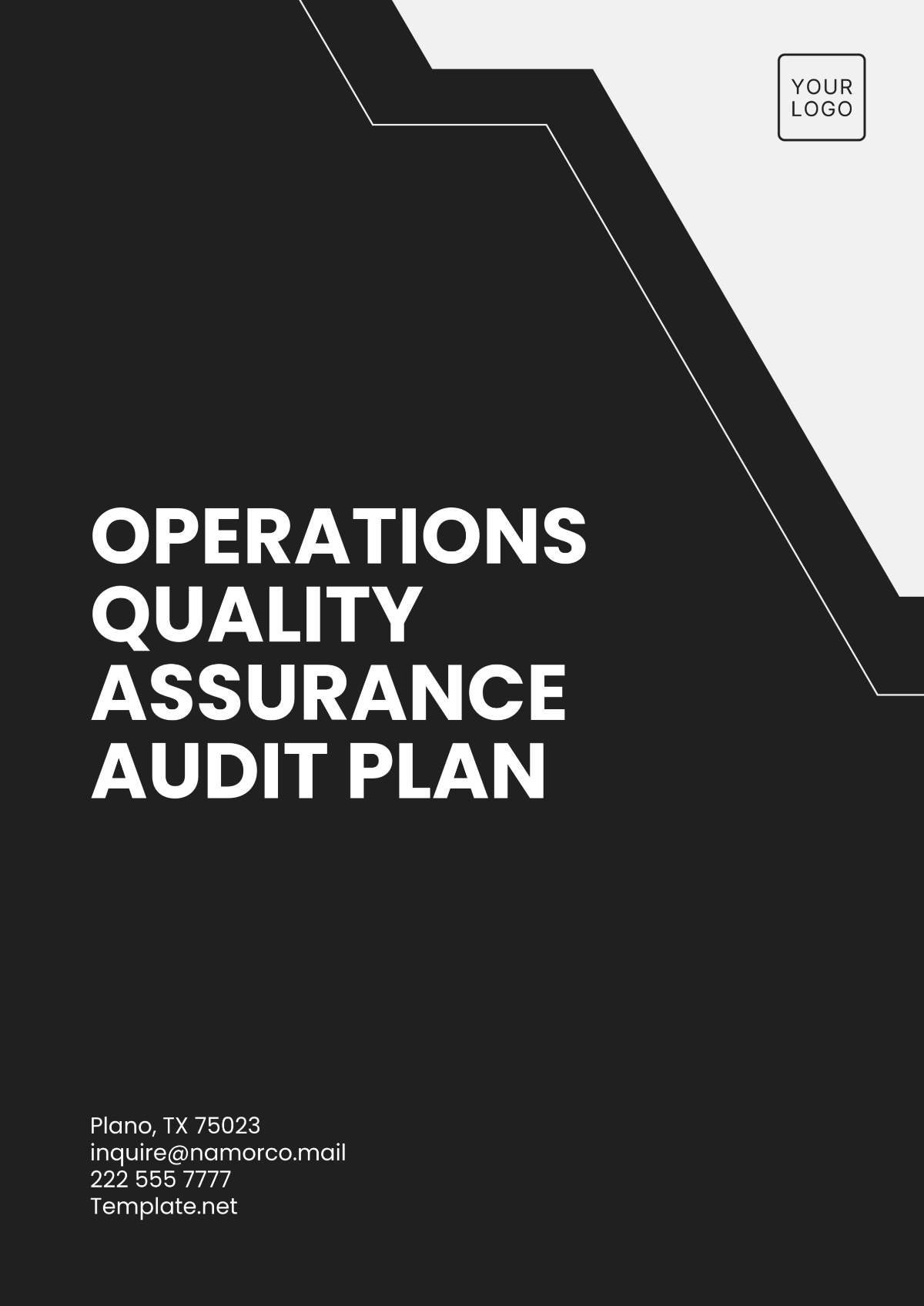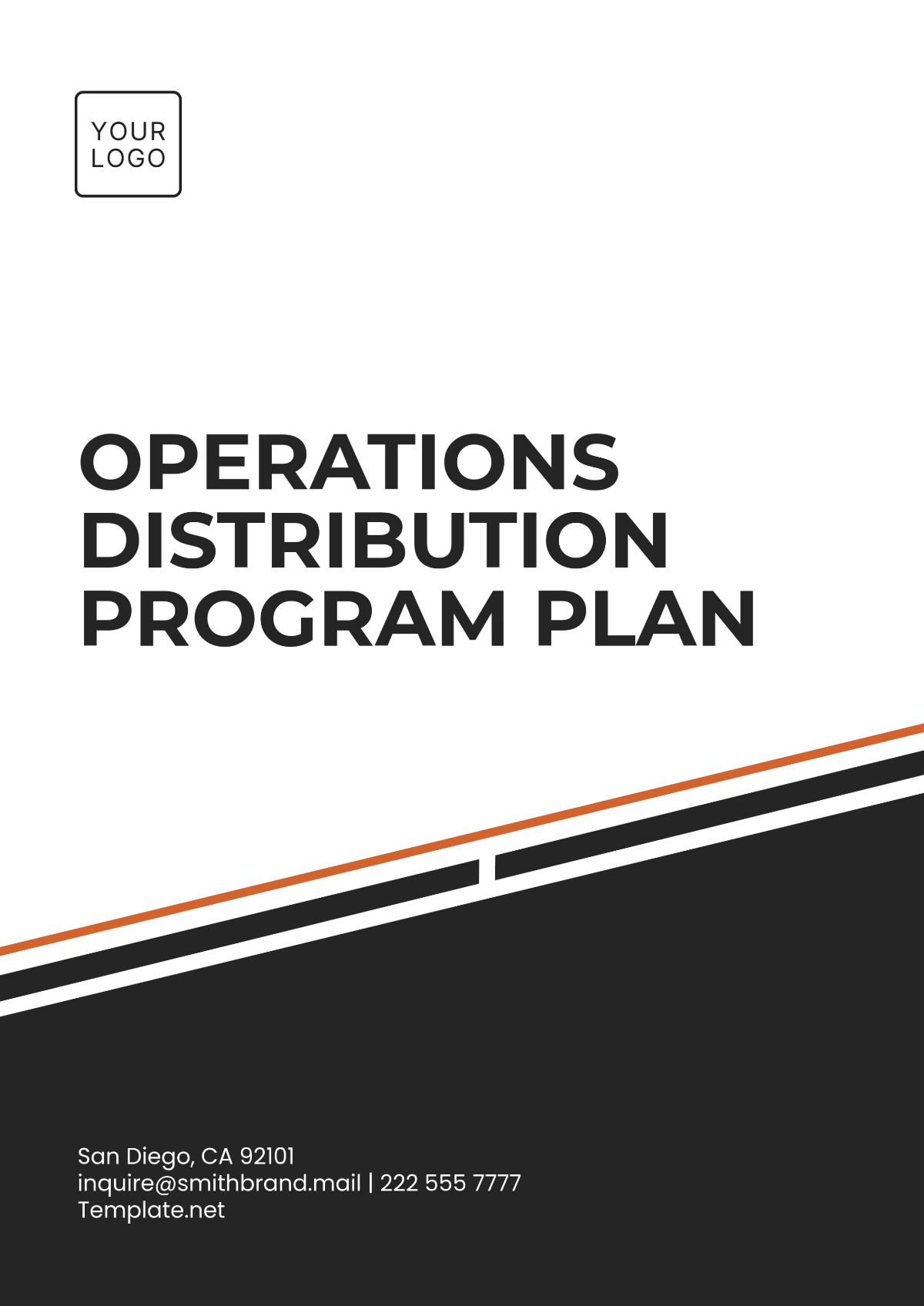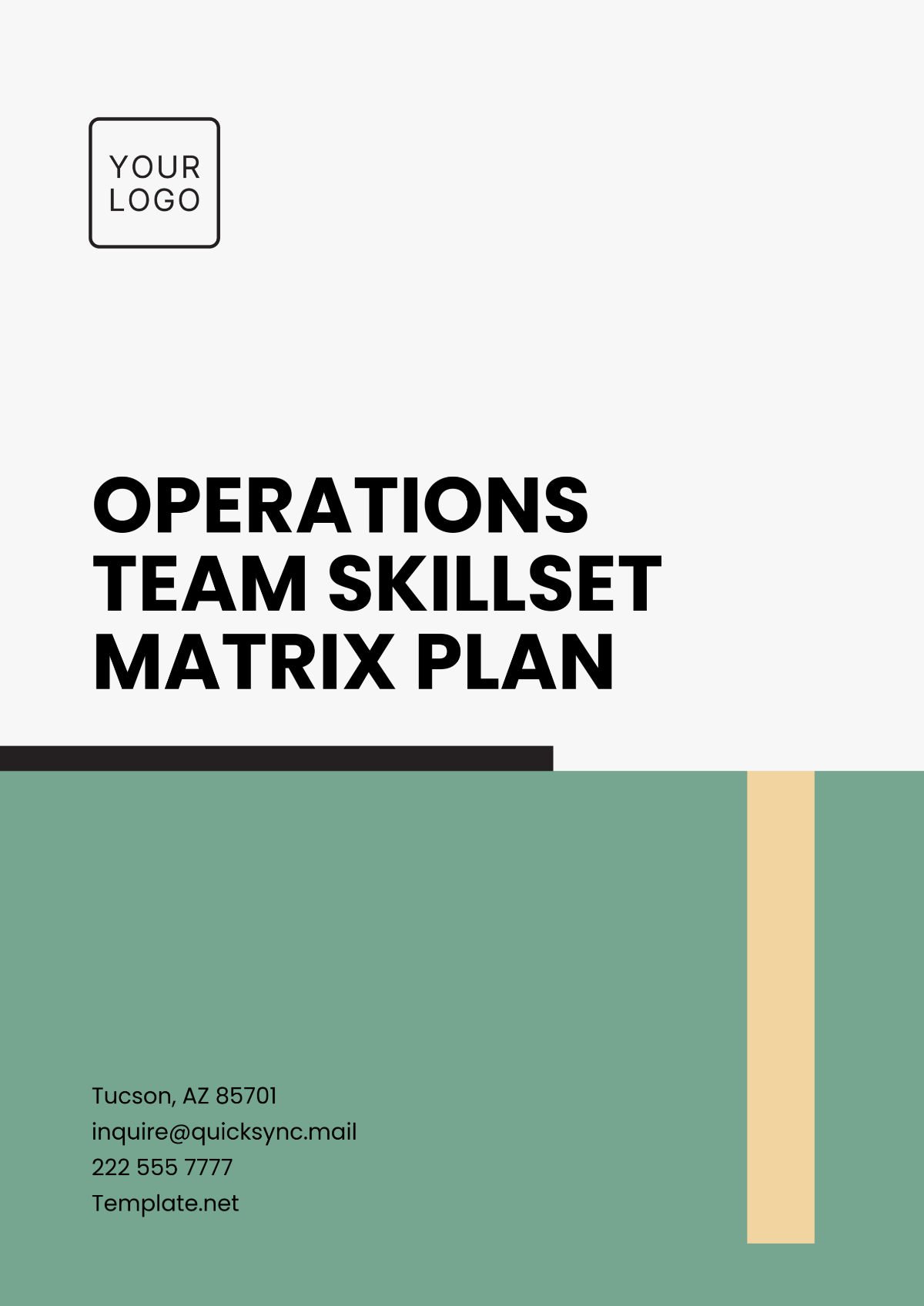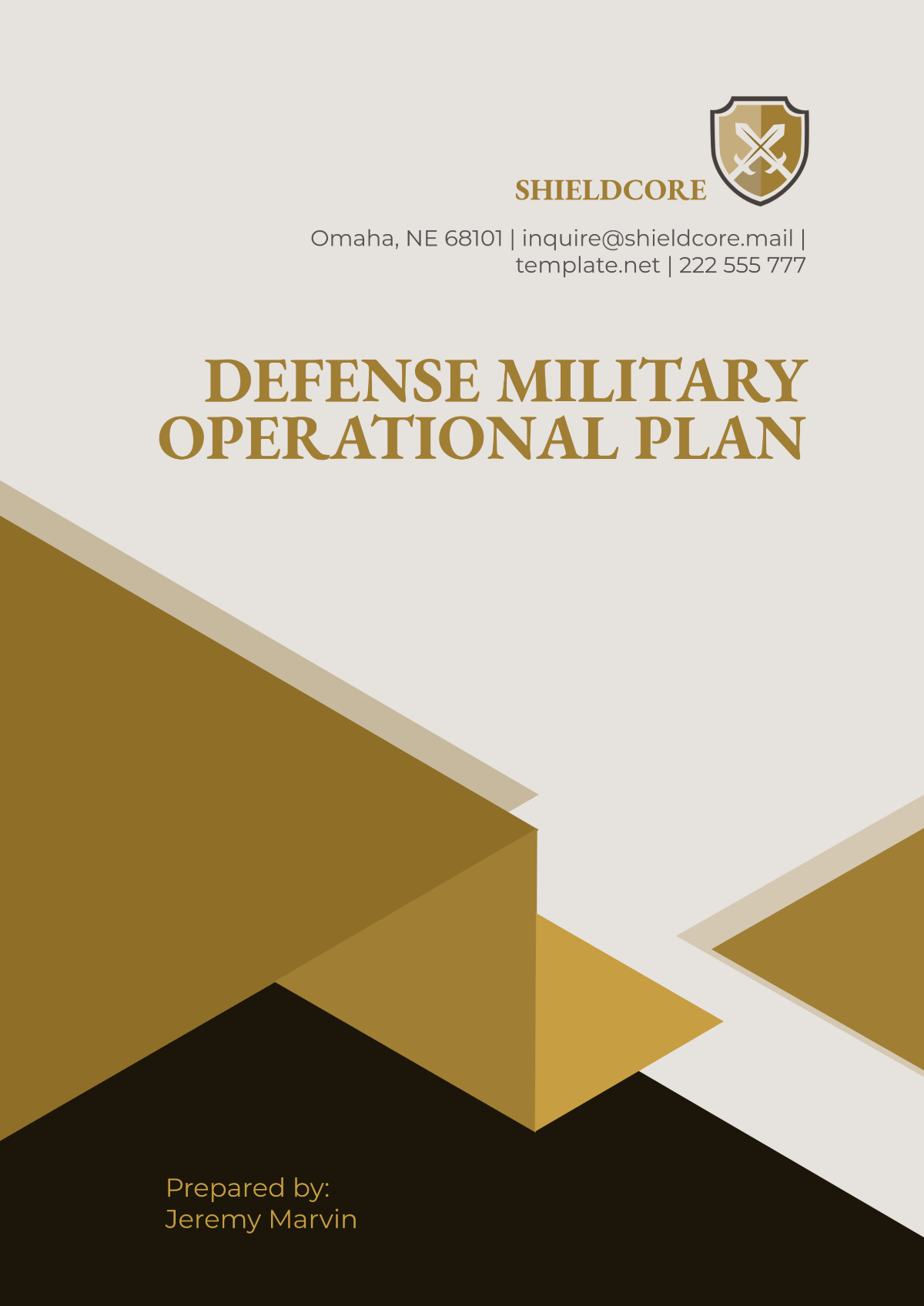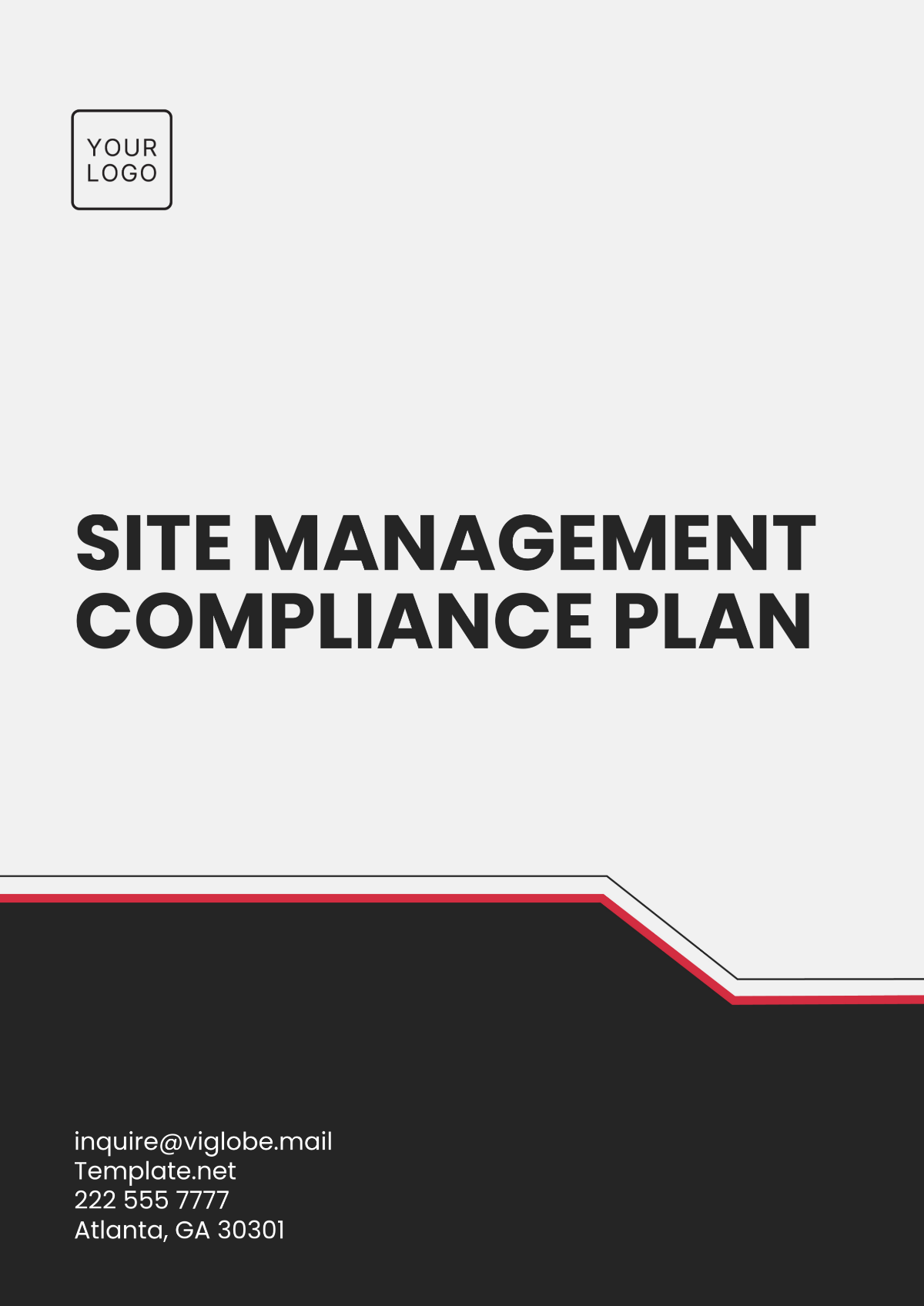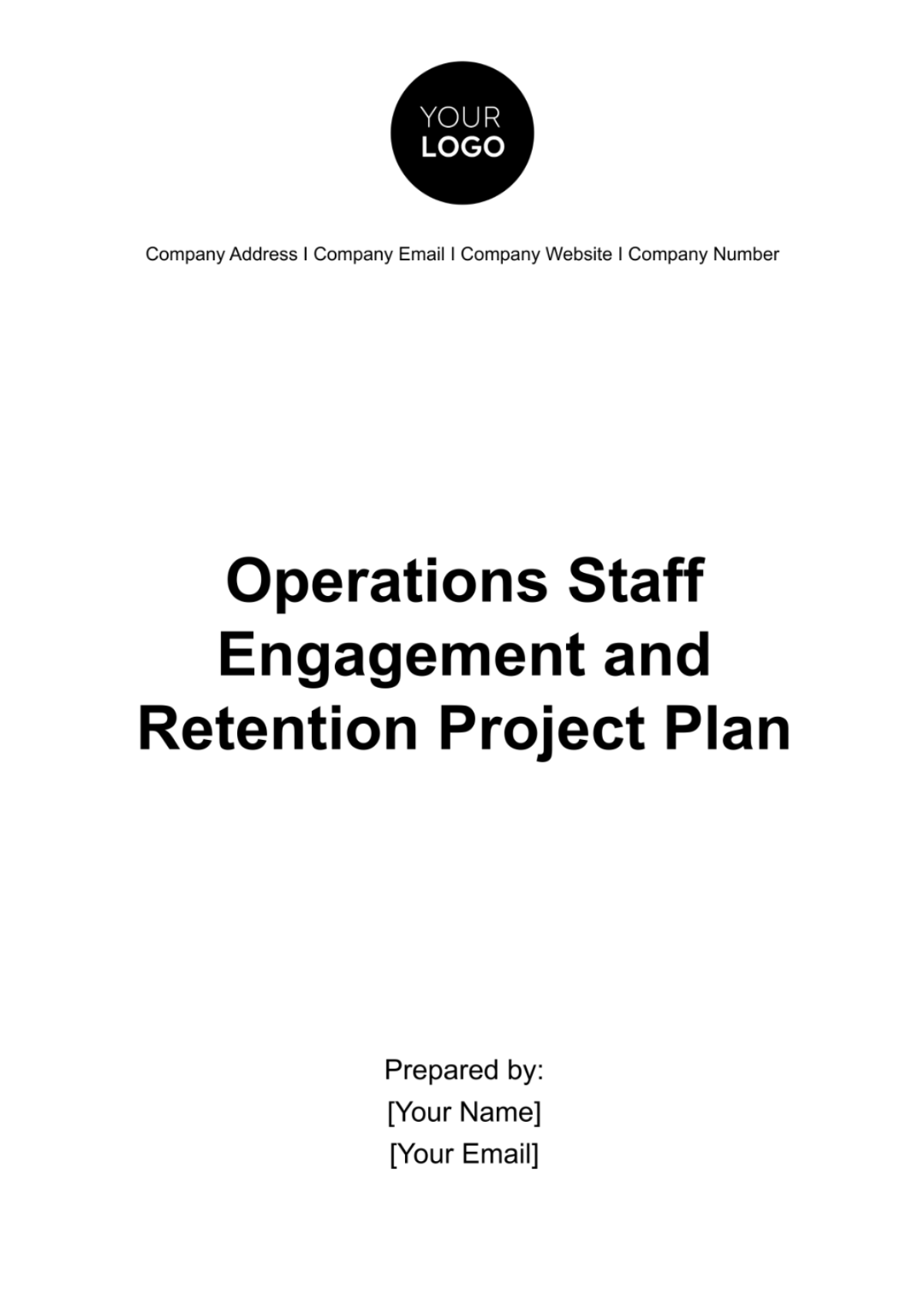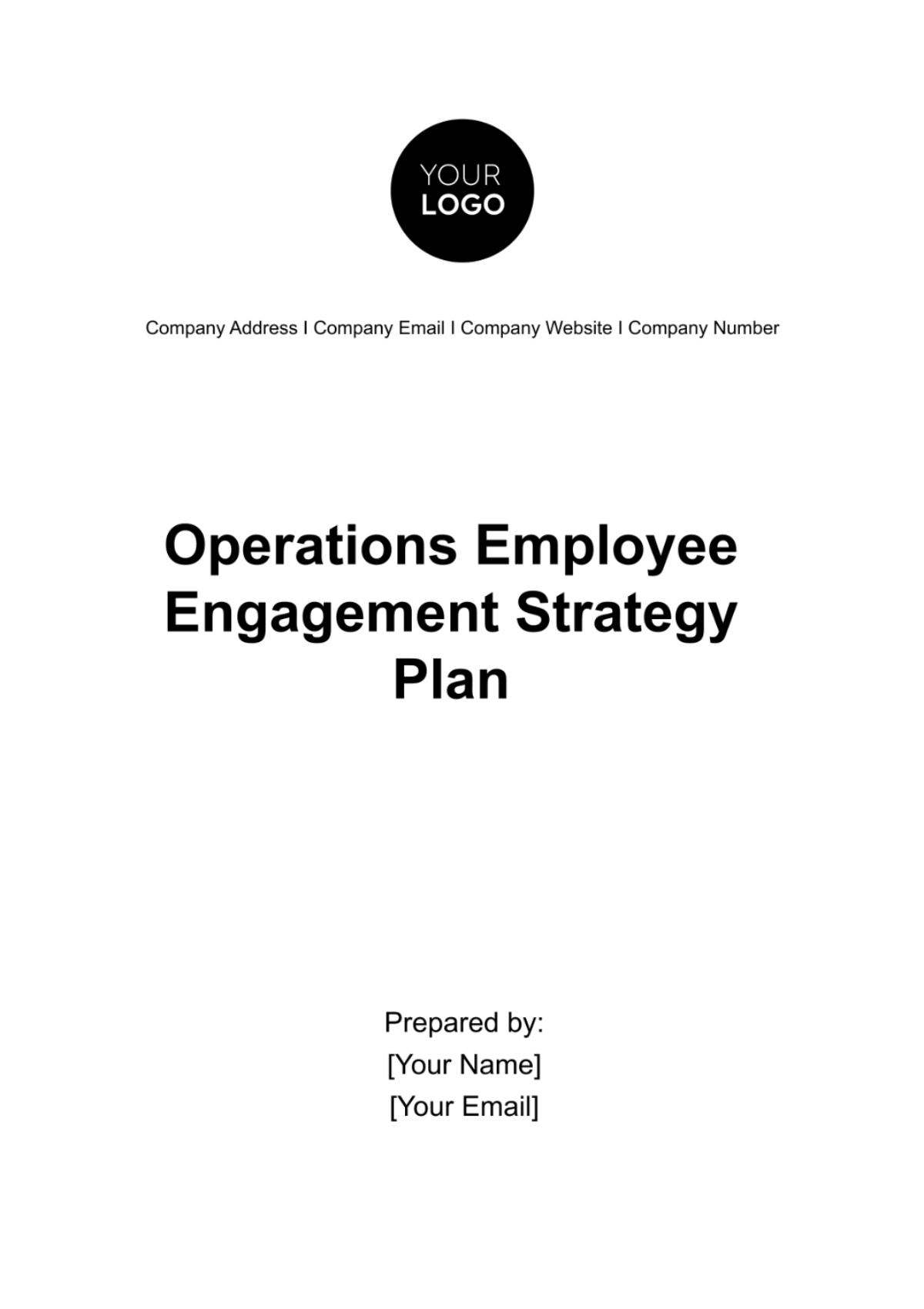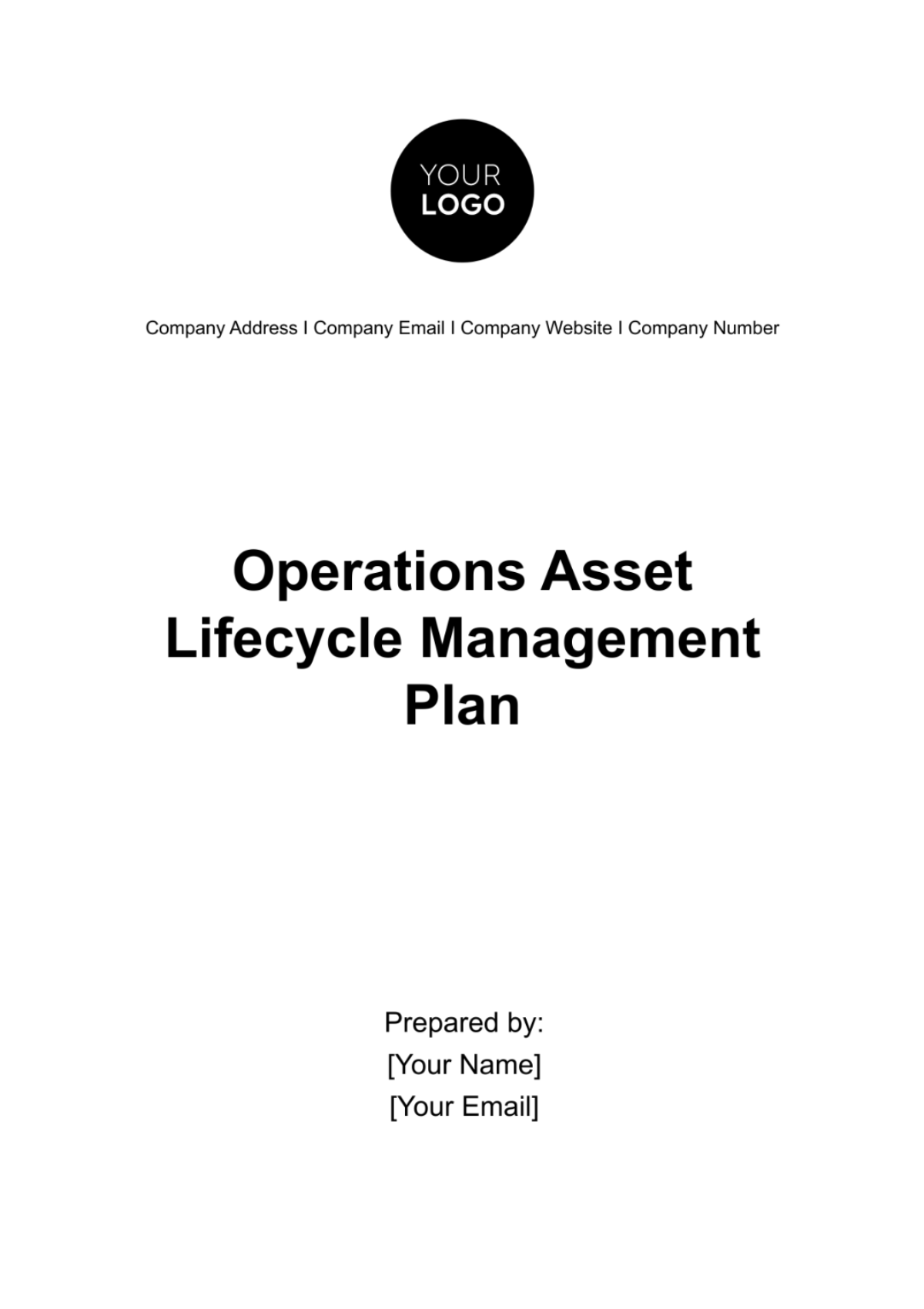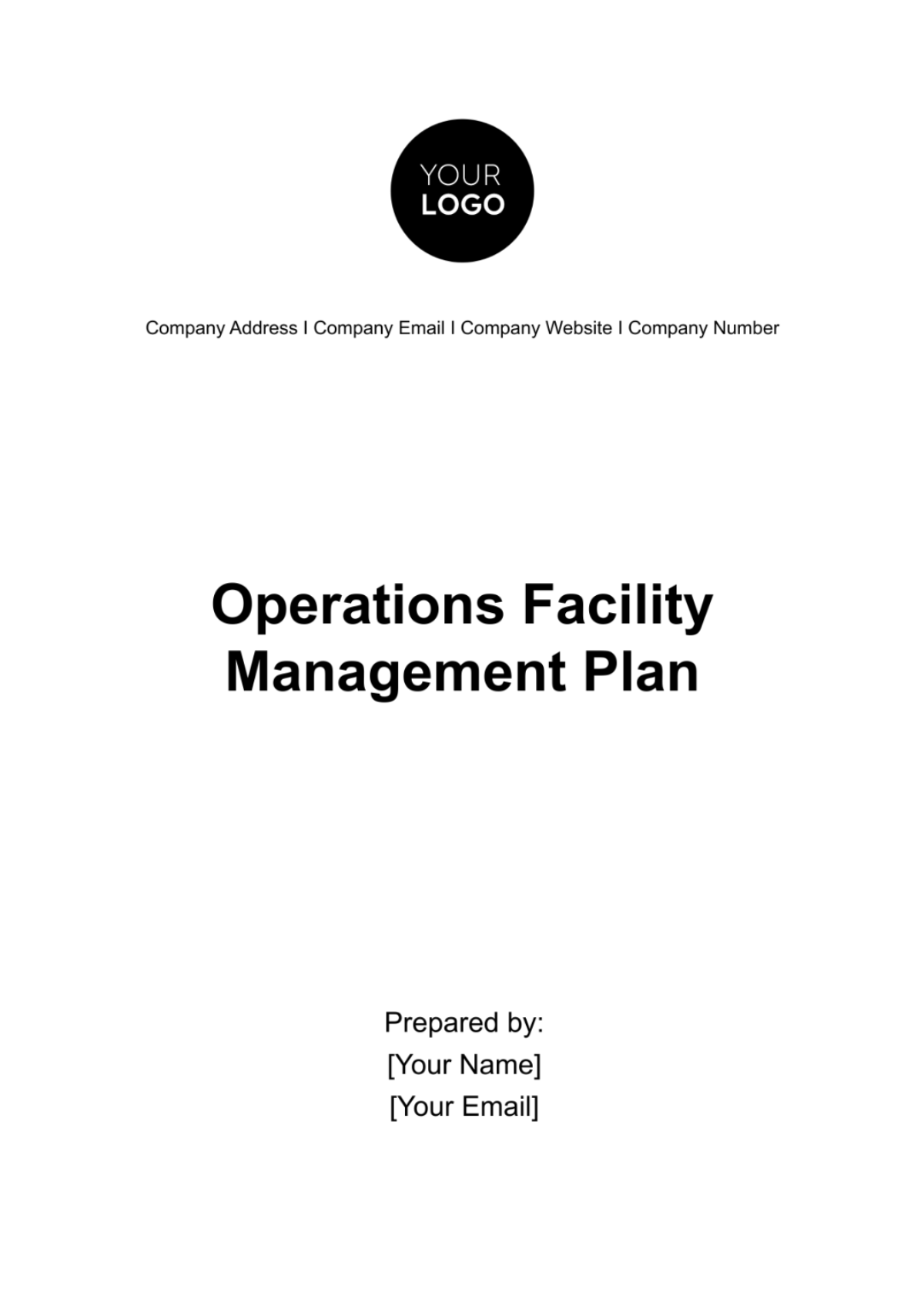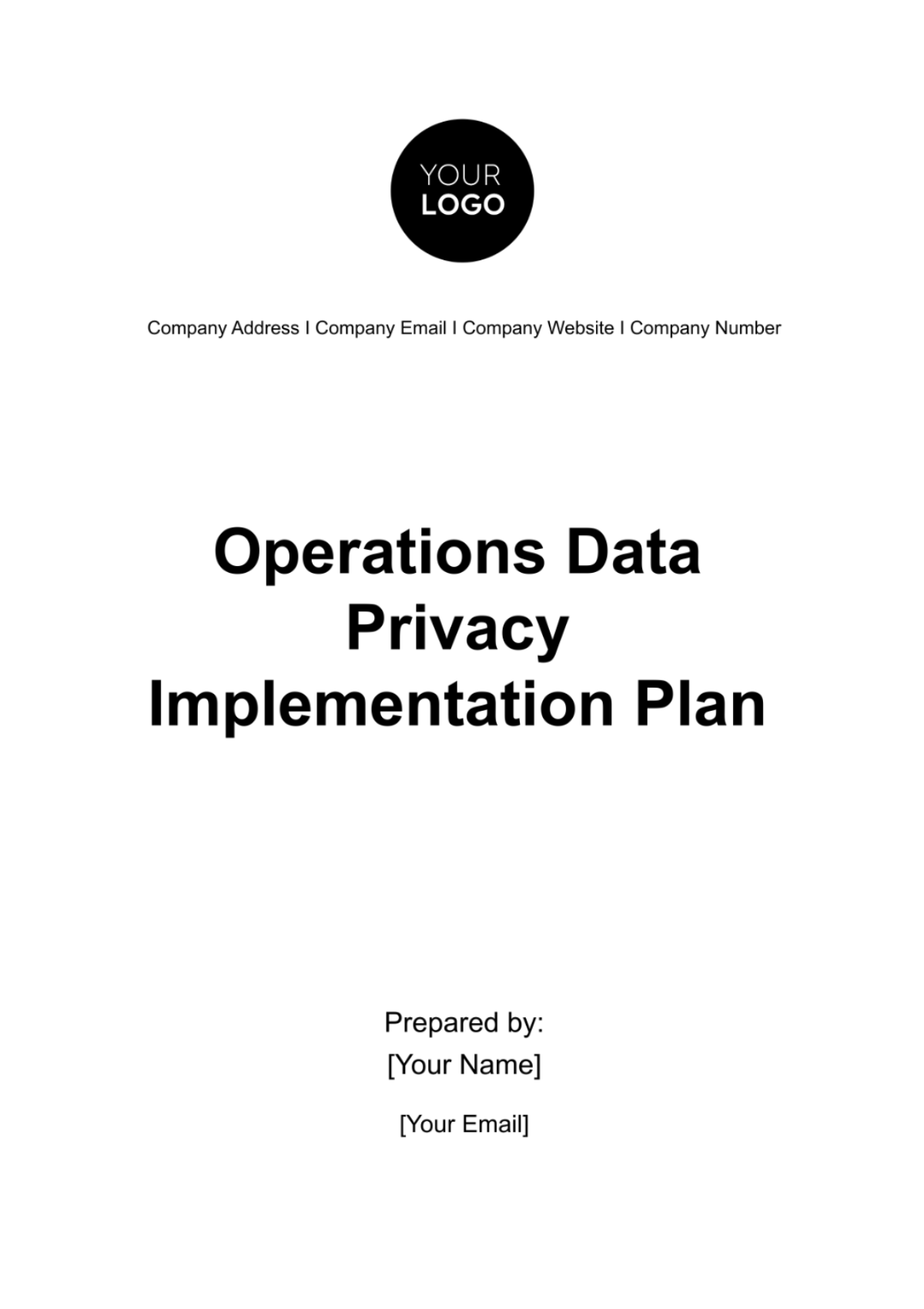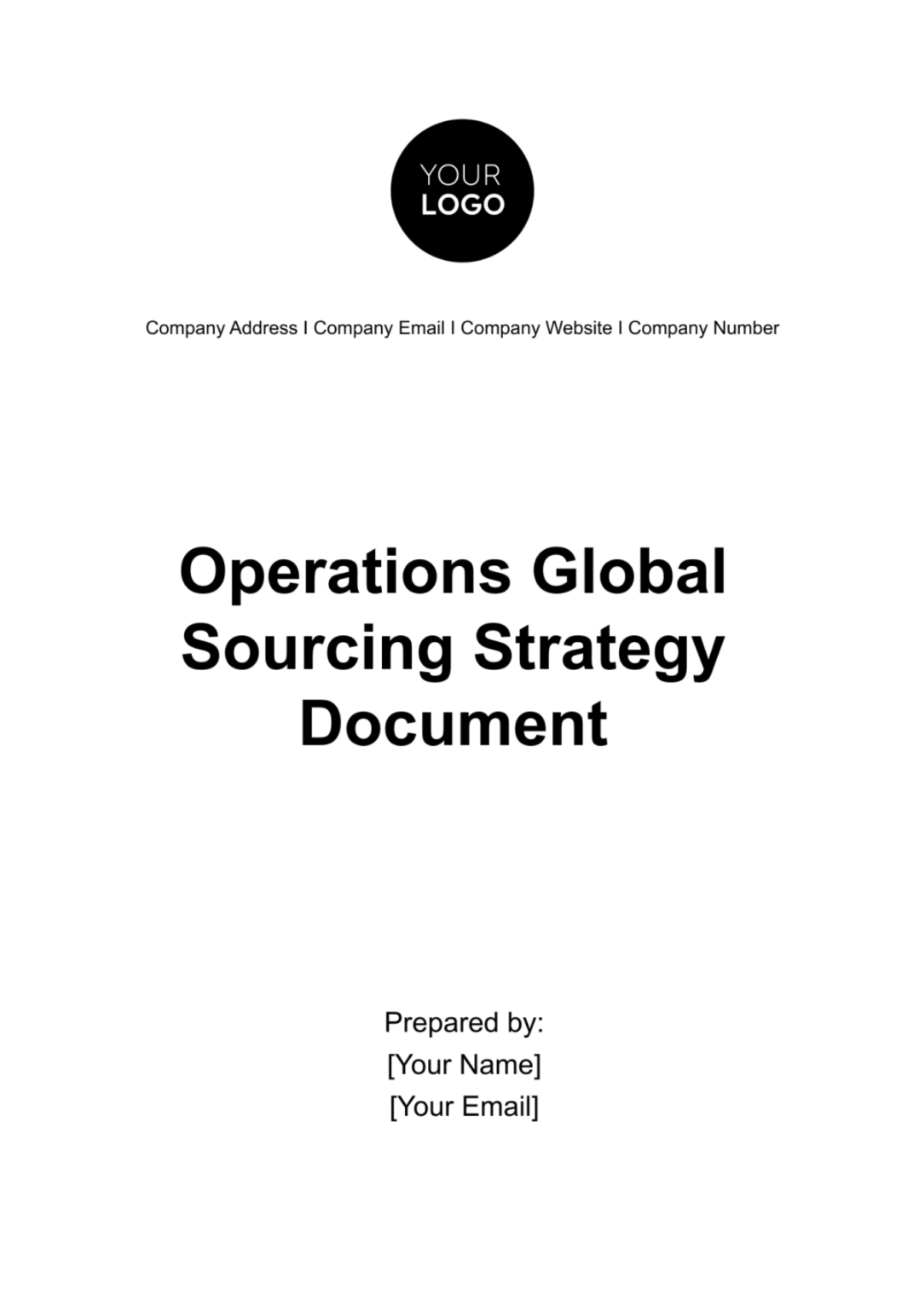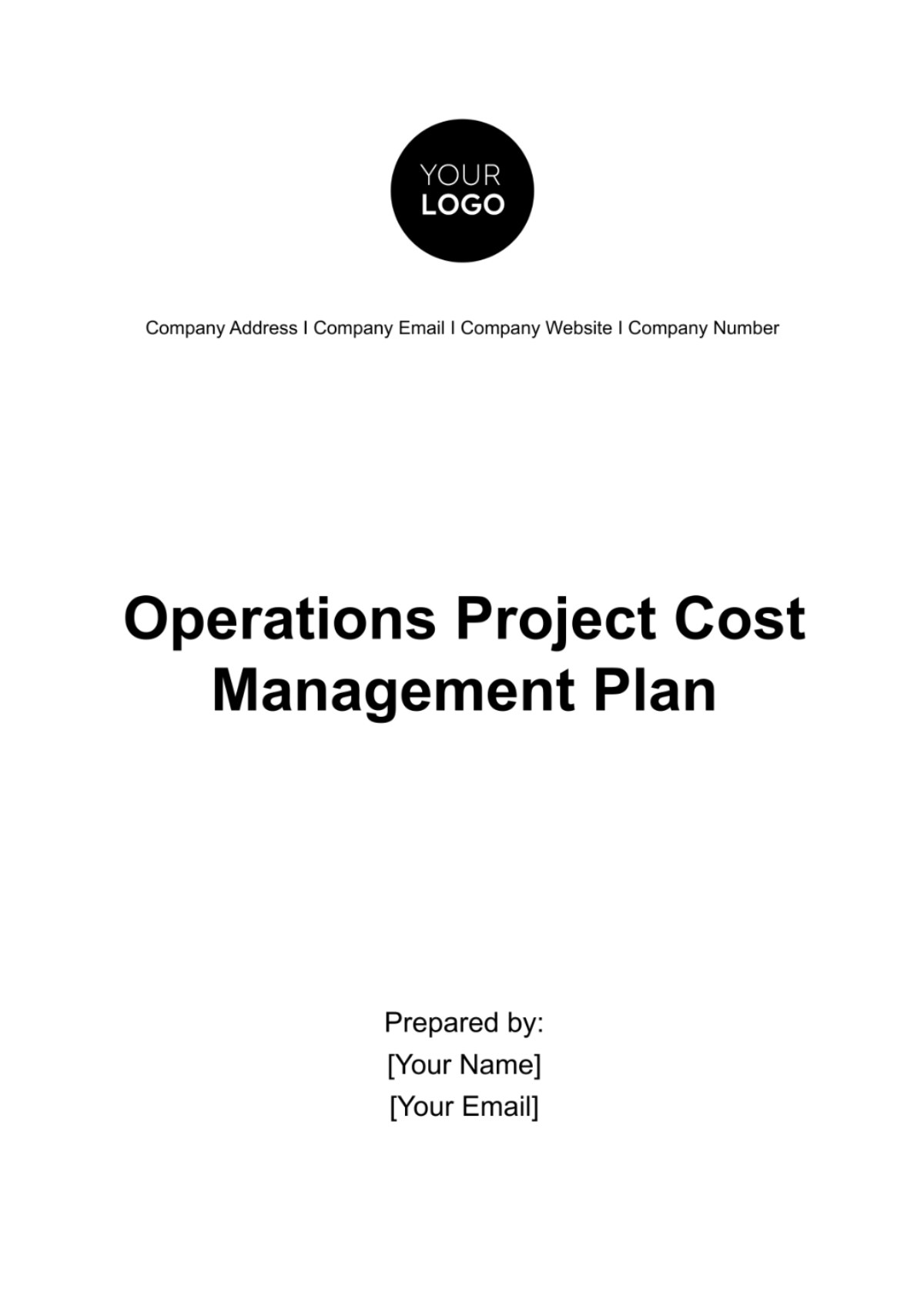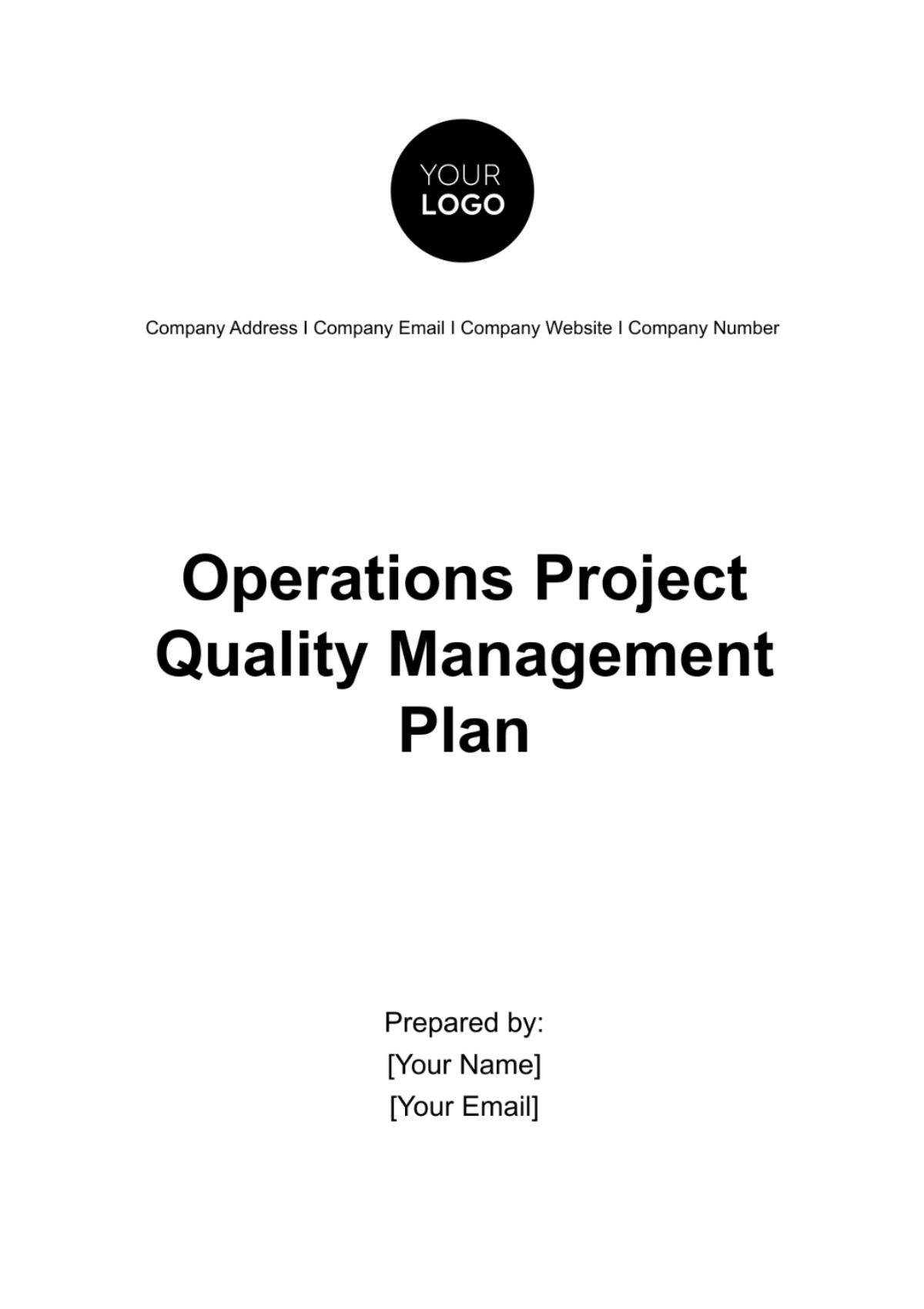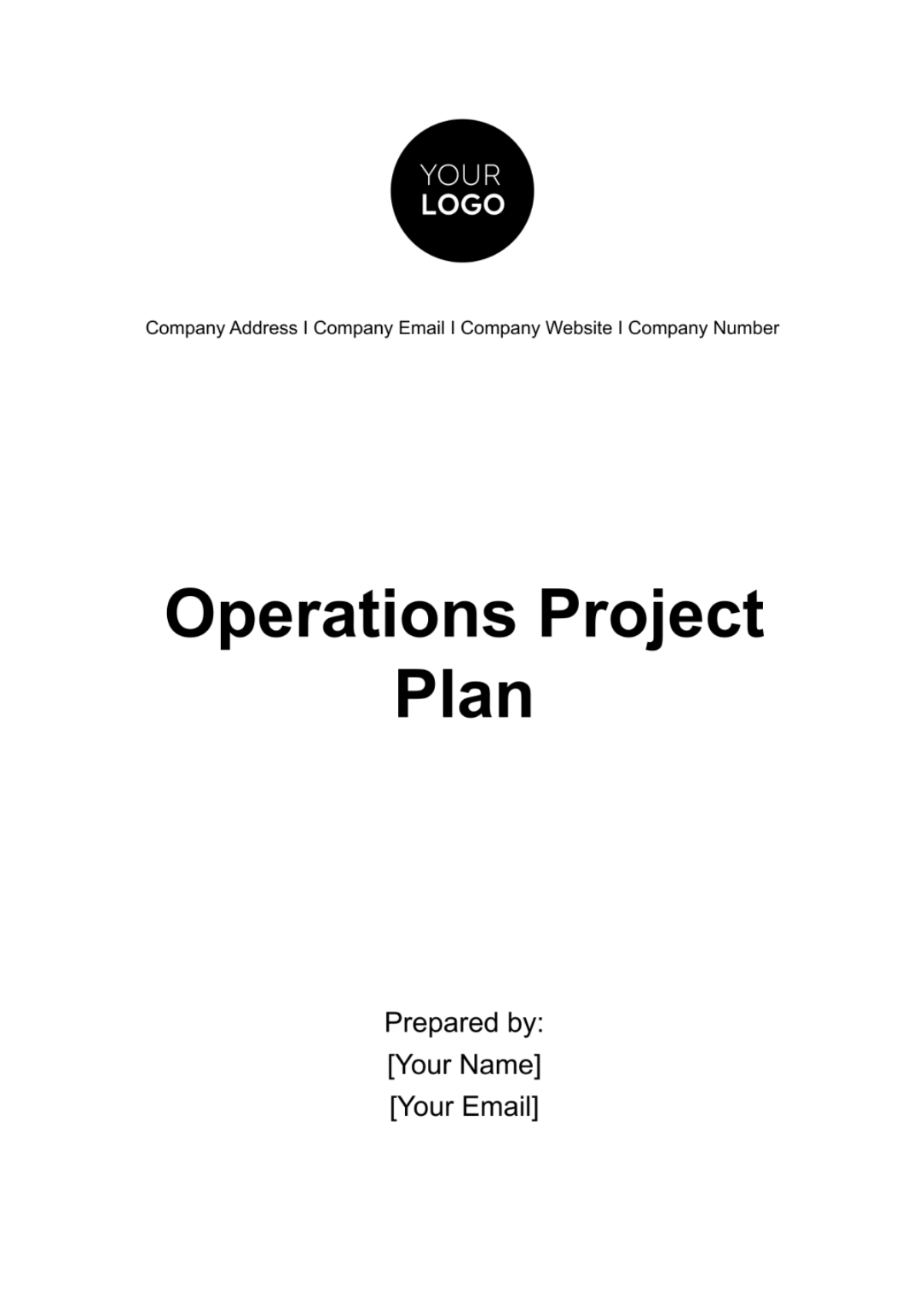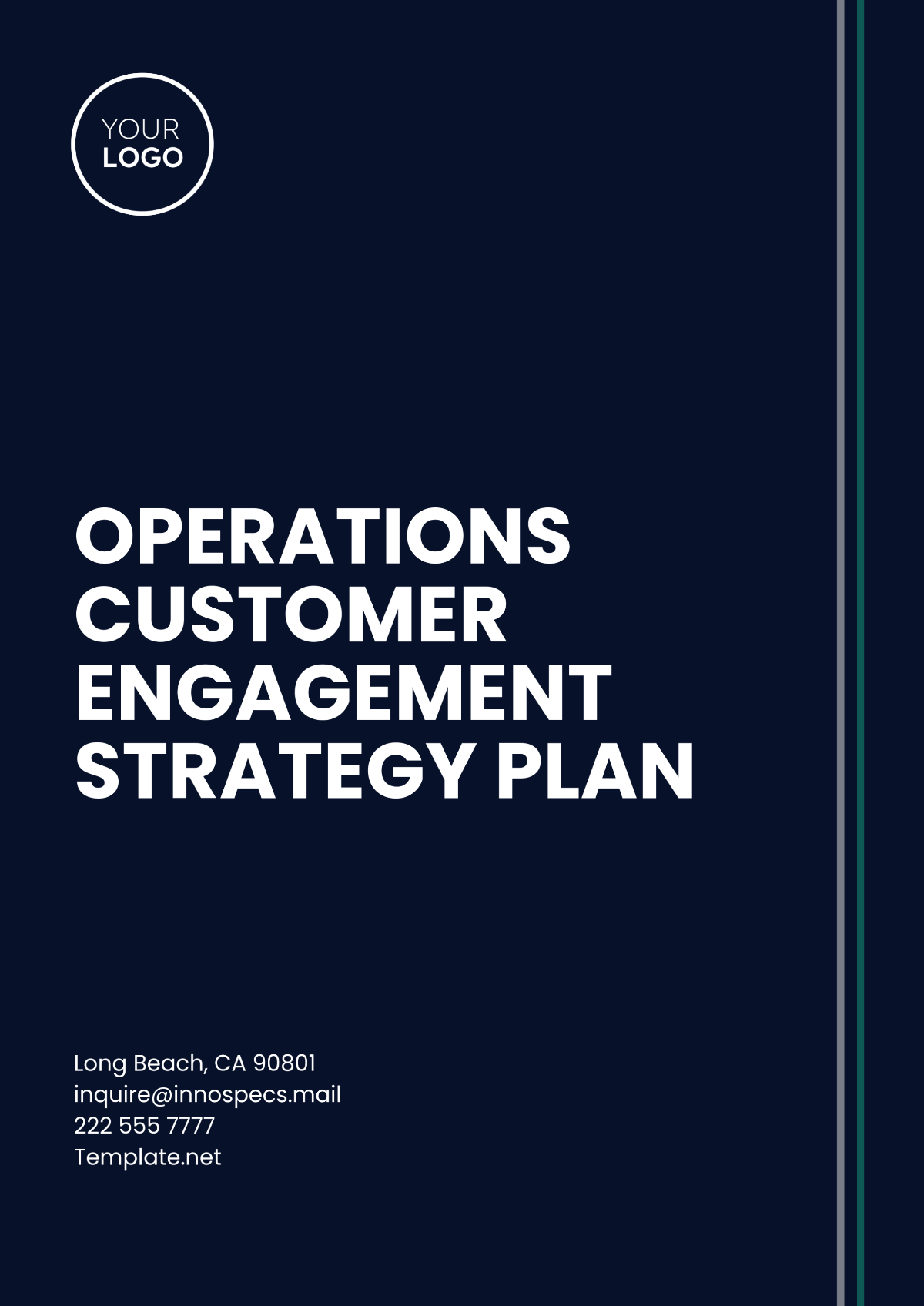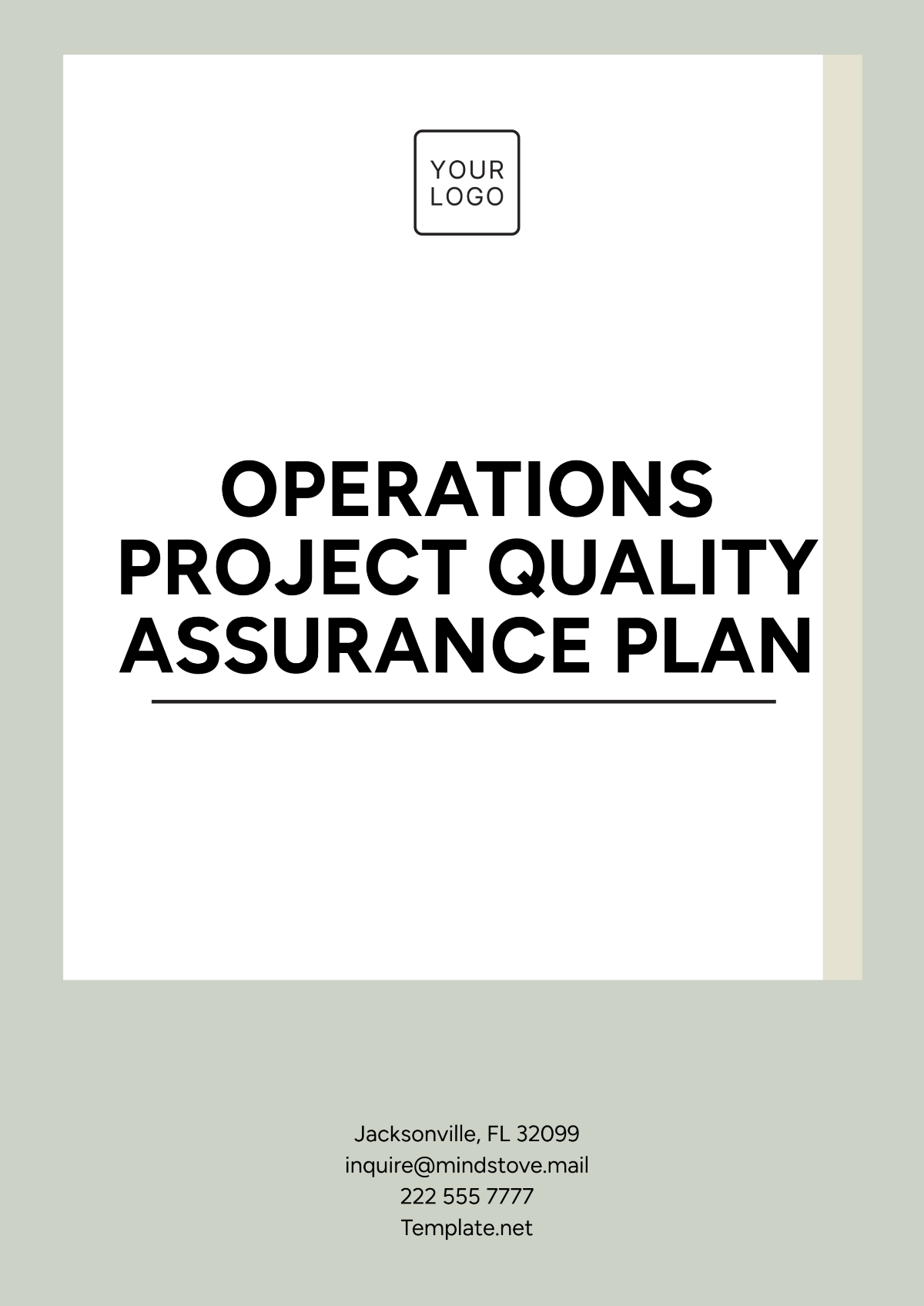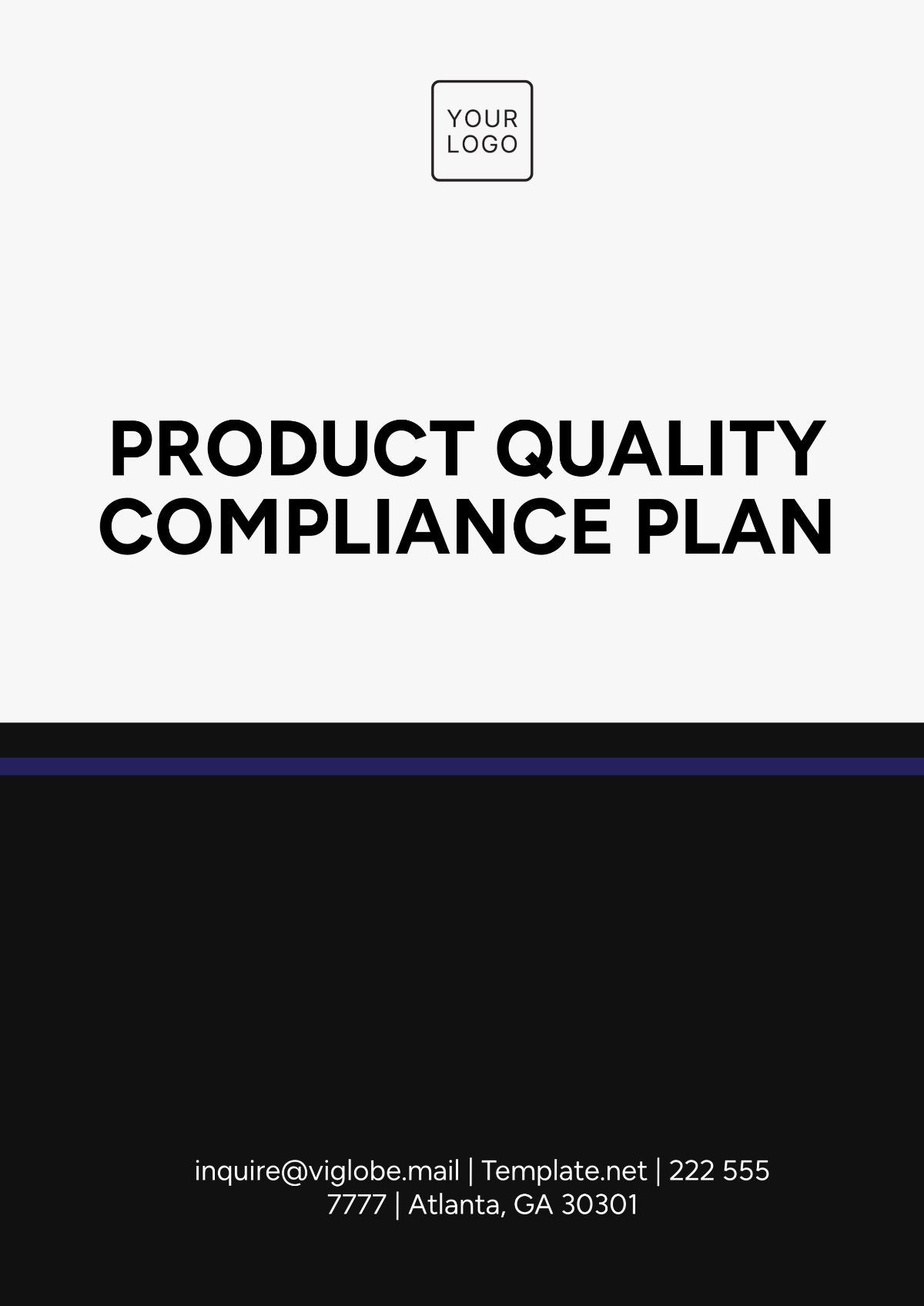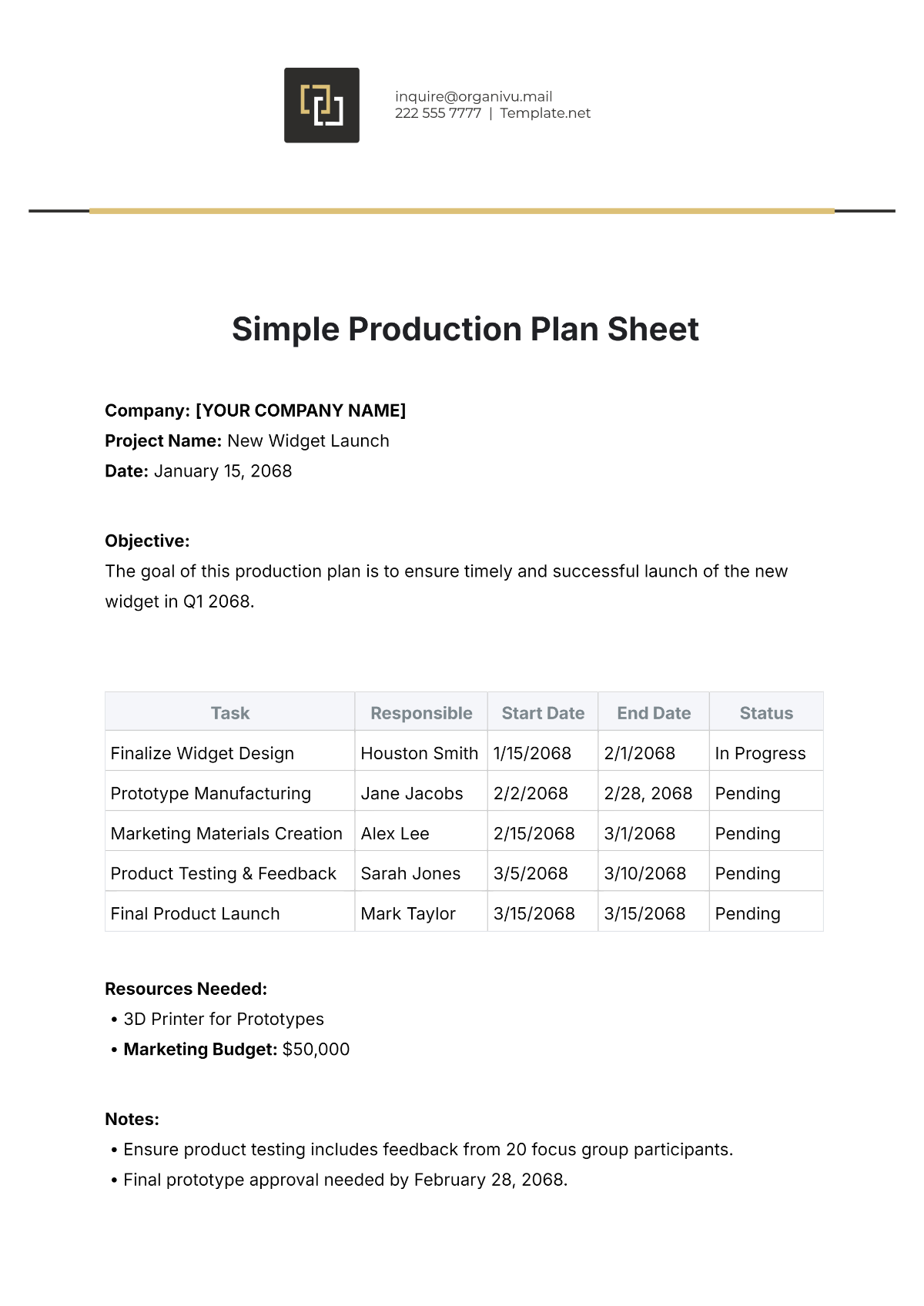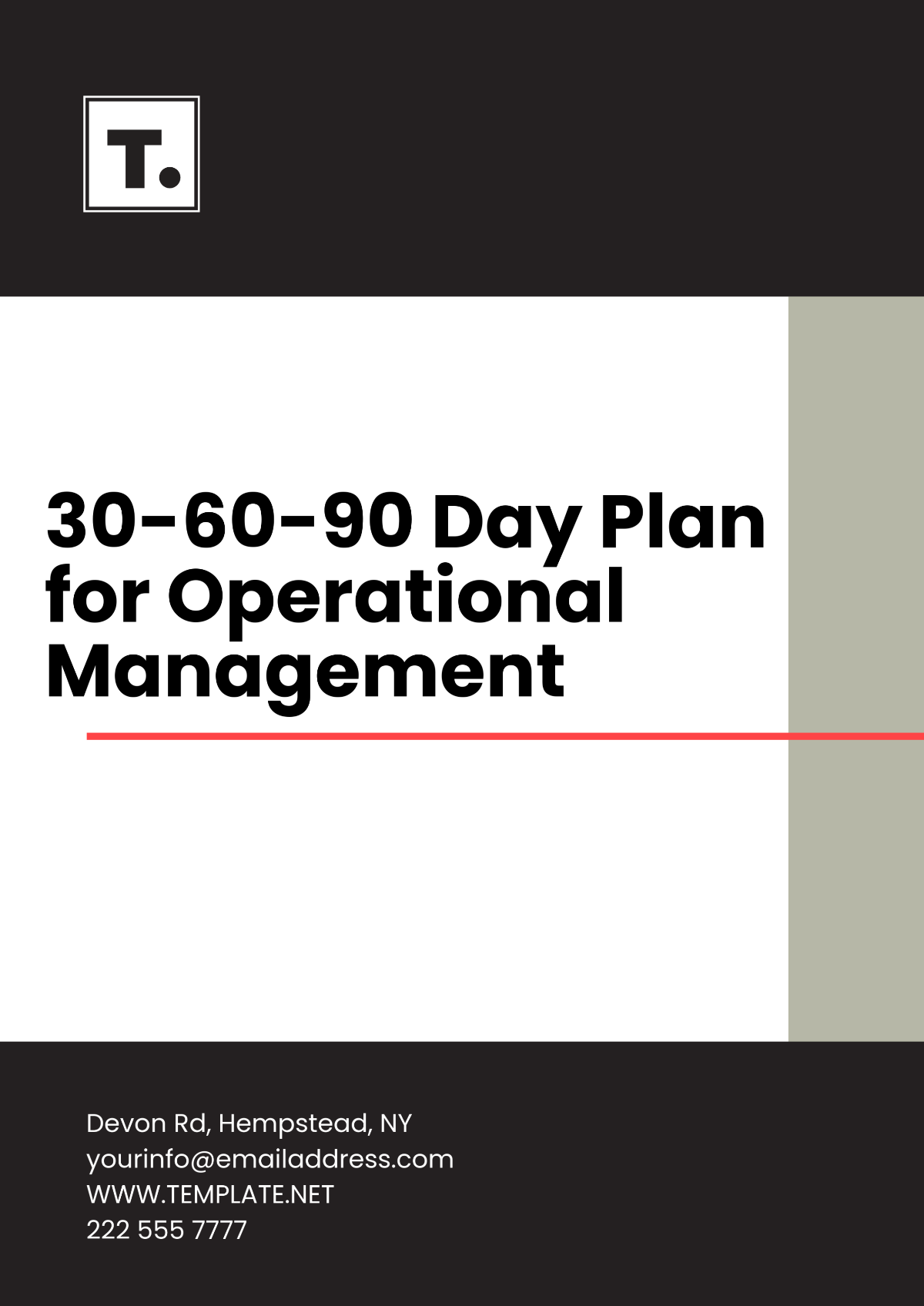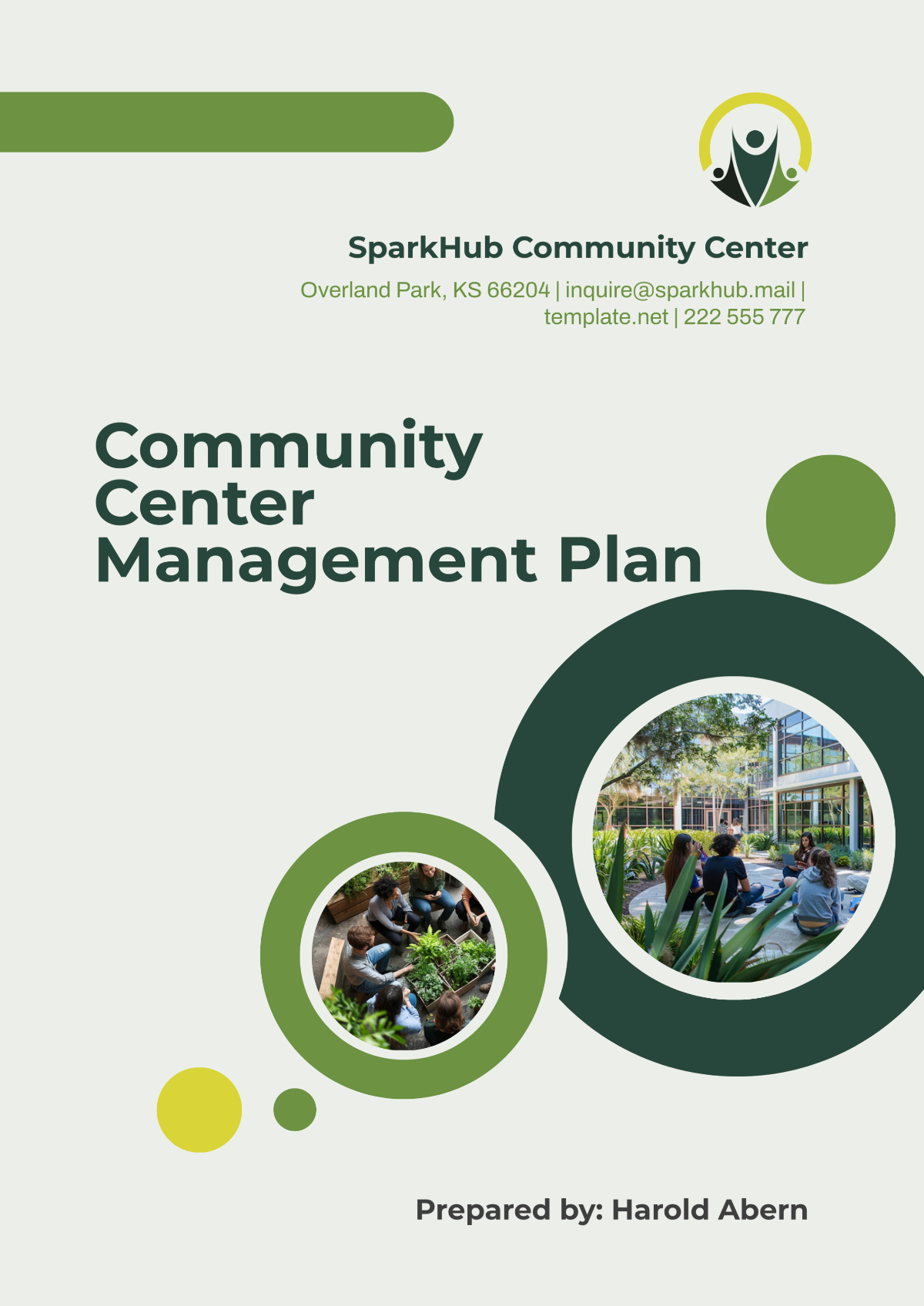Agriculture Feed Stock Management Plan
1. Executive Summary
The Agriculture Feed Stock Management Plan for [Your Company Name] outlines our strategy for efficiently managing feed stock to ensure the optimal health and productivity of our livestock. This plan includes detailed chapters on inventory management, supplier relations, financial planning, risk management, and implementation strategies. By adhering to this plan, we aim to enhance our feed operations, reduce waste, and improve the overall sustainability of our farming practices.
2. Introduction
Purpose
The purpose of this feed stock management plan is to provide a comprehensive guide for managing feed resources effectively within [Your Company Name]. This plan aims to ensure that our livestock receive adequate nutrition while optimizing costs and minimizing waste.
Scope
This document covers all aspects of feed stock management, including inventory control, supplier management, financial planning, risk assessment, and monitoring. It applies to all livestock operations within [Your Company Name] and will be reviewed and updated annually.
3. Goals and Objectives
Setting clear goals and objectives is crucial for guiding our feed stock management efforts. This section outlines our primary aims and specific targets to achieve effective feed stock management. These goals and objectives serve as the foundation for our strategies, ensuring that our practices are aligned with the overall mission and vision of [Your Company Name].
Goals
1. Ensure Consistent and Adequate Feed Supply for All Livestock
To maintain the health and productivity of our livestock, it is essential to have a consistent and adequate supply of feed. This goal focuses on avoiding shortages and ensuring that all animals receive the necessary nutrients at all times. Achieving this goal involves meticulous planning, accurate forecasting of feed requirements, and the establishment of reliable supply chains.
Forecasting and Planning: Accurate forecasting based on historical data, seasonal variations, and livestock growth projections helps in planning the required feed quantities.
Supplier Relationships: Building strong relationships with multiple suppliers to ensure a consistent supply and mitigate risks of shortages.
Buffer Stock: Maintaining a buffer stock to cushion against any unforeseen supply disruptions.
2. Optimize Feed Inventory to Reduce Waste and Cost
Efficient inventory management is key to minimizing waste and reducing costs. This goal aims to optimize the storage and usage of feed to ensure that there is minimal wastage and that the feed cost is kept under control.
Inventory Turnover: Implementing a system to monitor and control the turnover of feed inventory to prevent spoilage and waste.
Storage Solutions: Utilizing proper storage techniques to maintain the quality and shelf-life of feed.
Cost Analysis: Regular analysis of feed costs to identify areas for savings and efficiency improvements.
3. Maintain Strong Relationships with Reliable Feed Suppliers
Strong and reliable supplier relationships are critical for ensuring the consistent quality and supply of feed. This goal emphasizes the importance of supplier management and the establishment of long-term partnerships.
Supplier Evaluation: Regular evaluation of suppliers based on performance, reliability, and quality of feed.
Contract Negotiations: Negotiating favorable terms and conditions with suppliers to ensure stable pricing and supply.
Diversity of Suppliers: Maintaining a diversified supplier base to avoid dependency on a single source.
4. Implement Sustainable Feed Management Practices
Sustainability is a core value of [Your Company Name], and this goal focuses on implementing feed management practices that are environmentally responsible and economically viable.
Sustainable Sourcing: Procuring feed from sources that practice sustainable agriculture.
Waste Reduction: Implementing measures to reduce feed waste and improve the efficiency of feed usage.
Eco-Friendly Practices: Adopting eco-friendly practices in feed storage, handling, and distribution.
Objectives
1. Maintain a 30-Day Minimum Feed Inventory at All Times
Maintaining a minimum inventory level is crucial to avoid shortages and ensure a continuous supply of feed. This objective focuses on ensuring that there is always at least a 30-day supply of feed in stock.
Inventory Monitoring: Implementing an inventory management system to track feed levels in real-time and trigger reorders when necessary.
Supplier Coordination: Working closely with suppliers to ensure timely deliveries and prevent inventory dips.
Buffer Stock Policy: Establishing a buffer stock policy to handle emergencies and unexpected increases in feed demand.
2. Reduce Feed Waste by 10% Over the Next Year
Reducing feed waste is not only cost-effective but also environmentally beneficial. This objective aims to minimize wastage through better management practices and efficient usage.
Feed Usage Monitoring: Tracking feed usage to identify patterns of waste and implement corrective actions.
Employee Training: Training employees on best practices for feed handling and storage to reduce wastage.
Regular Audits: Conducting regular audits to identify and address sources of feed waste.
3. Secure Contracts with at Least Three Reliable Feed Suppliers
Having multiple reliable suppliers reduces the risk of supply disruptions and ensures consistent quality. This objective focuses on establishing and maintaining contracts with at least three dependable suppliers.
Supplier Identification: Identifying potential suppliers who meet our quality and reliability criteria.
Contract Negotiations: Negotiating contracts that include favorable terms, such as fixed pricing, guaranteed supply quantities, and quality standards.
Performance Monitoring: Regularly monitoring supplier performance to ensure compliance with contract terms and maintaining strong relationships.
4. Implement a Digital Feed Management System by Q3 2050
A digital feed management system can significantly enhance inventory control, reduce human error, and improve overall efficiency. This objective aims to implement such a system by the third quarter of 2050.
System Selection: Researching and selecting a suitable digital feed management system that meets our operational needs.
Staff Training: Training staff on how to use the new system effectively.
System Integration: Integrating the digital system with existing operations and ensuring a smooth transition.
Implementation Strategies
To achieve these goals and objectives, [Your Company Name] will implement the following strategies:
Technology Adoption: Embrace technology by implementing digital systems for inventory management and supplier coordination.
Training and Development: Invest in training programs for employees to ensure they are equipped with the necessary skills and knowledge to manage feed stock efficiently.
Performance Metrics: Establish clear performance metrics and regularly review them to track progress and make necessary adjustments.
Stakeholder Engagement: Engage with all stakeholders, including suppliers, employees, and management, to ensure alignment and commitment to the feed stock management plan.
Setting and achieving these goals and objectives will require a concerted effort from all members of [Your Company Name]. By focusing on consistent supply, cost optimization, strong supplier relationships, and sustainable practices, we can ensure that our feed stock management is effective and aligned with our overall mission. Regular monitoring and evaluation will be key to our success, allowing us to make informed decisions and continuously improve our practices.
4. Feed Stock Inventory Management
Effective inventory management is key to ensuring that our livestock have continuous access to high-quality feed. This section details our inventory management practices and procedures.
Current Inventory System
Feed Type | Current Stock (kg) | Monthly Usage (kg) | Reorder Level (kg) |
|---|---|---|---|
Corn | 10,000 | 4,000 | 6,000 |
Soybean Meal | 5,000 | 2,500 | 3,000 |
Alfalfa | 8,000 | 3,000 | 4,500 |
Mineral Mix | 2,000 | 1,000 | 1,200 |
Inventory Control Procedures
Regular Stock Checks: Conduct weekly inventory checks to monitor feed levels and quality.
Reorder Protocols: Reorder feed stock when inventory levels reach the reorder point to prevent shortages.
Storage Practices: Ensure proper storage conditions to maintain feed quality and prevent spoilage.
Waste Reduction: Implement strategies to minimize feed waste, such as precise portioning and monitoring feed consumption.
Future Improvements
Digital Inventory System: Implement a digital inventory management system to track feed levels in real-time and automate reorder alerts.
Training: Provide training for staff on best practices for feed storage and handling.
5. Supplier Management
Maintaining reliable relationships with feed suppliers is essential for ensuring a steady supply of high-quality feed. This section outlines our supplier management strategies.
Current Suppliers
Supplier Name | Feed Type Supplied | Average Monthly Supply (kg) | Contract Status |
|---|---|---|---|
[Supplier A] | Corn | 4,000 | Active |
[Supplier B] | Soybean Meal | 2,500 | Under Renewal |
[Supplier C] | Alfalfa | 3,000 | Active |
[Supplier D] | Mineral Mix | 1,000 | Expiring |
Supplier Evaluation Criteria
Quality: Consistently high-quality feed that meets nutritional standards.
Reliability: Timely delivery and consistent supply levels.
Cost: Competitive pricing and favorable contract terms.
Sustainability: Environmentally sustainable production practices.
Supplier Management Strategies
Regular Communication: Maintain open lines of communication with suppliers to ensure timely updates on supply status and quality issues.
Performance Reviews: Conduct annual performance reviews of suppliers based on delivery performance, feed quality, and cost-effectiveness.
Diversification: Avoid dependency on a single supplier by maintaining contracts with multiple suppliers.
Contract Negotiations: Negotiate long-term contracts with key suppliers to secure favorable terms and stable pricing.
6. Budget and Financial Plan
A well-planned budget is crucial for managing feed costs and ensuring financial sustainability. This section outlines our financial strategy for feed stock management.
Budget Overview
Expense Category | Annual Budget (USD) |
|---|---|
Feed Purchases | 200,000 |
Storage Costs | 15,000 |
Transportation | 10,000 |
Digital System Upgrade | 25,000 |
Training Programs | 5,000 |
Contingency Fund | 10,000 |
Total | 265,000 |
Cost Management Strategies
Bulk Purchasing: Negotiate bulk purchase agreements to benefit from volume discounts.
Cost Monitoring: Regularly review and analyze feed costs to identify areas for savings.
Budget Reviews: Conduct quarterly budget reviews to ensure adherence to financial targets and make necessary adjustments.
Financial Projections
The following table provides a projection of feed costs and savings over the next five years.
Year | Projected Feed Cost (USD) | Projected Savings (USD) |
|---|---|---|
2050 | 200,000 | 20,000 |
2051 | 190,000 | 22,000 |
2052 | 180,000 | 24,000 |
2053 | 170,000 | 26,000 |
2054 | 160,000 | 28,000 |
7. Risk Management
Identifying and mitigating risks associated with feed stock management is essential for maintaining operational stability. This section outlines potential risks and our strategies for managing them.
Risk Assessment
Risk Type | Description | Probability | Impact | Mitigation Strategy |
|---|---|---|---|---|
Supply Disruption | Delays or shortages in feed supply | Medium | High | Maintain multiple suppliers; keep buffer stock |
Feed Quality Issues | Contamination or degradation of feed quality | Low | High | Regular quality checks; proper storage |
Cost Fluctuations | Sudden increases in feed prices | High | Medium | Long-term contracts; budget contingency |
Storage Problems | Spoilage or pest infestation in storage facilities | Medium | Medium | Improved storage practices; regular inspections |
Risk Management Strategies
Buffer Stock: Maintain a buffer stock to cushion against supply disruptions.
Quality Control: Implement stringent quality control measures to detect and address feed quality issues promptly.
Insurance: Consider feed stock insurance to protect against financial losses due to unforeseen events.
Supplier Audits: Conduct regular audits of suppliers to ensure compliance with quality standards and delivery commitments.
8. Implementation Plan
A detailed implementation plan is essential for the successful execution of our feed stock management strategy. This section outlines the key steps, timeline, and responsibilities for implementation.
Key Steps
Inventory System Upgrade: Implement the digital inventory management system.
Supplier Contracts: Negotiate and finalize contracts with multiple reliable suppliers.
Staff Training: Conduct training sessions on new inventory management practices and feed handling procedures.
Risk Mitigation: Implement risk mitigation strategies to address identified risks.
Timeline
Task | Start Date | End Date | Responsible Person |
|---|---|---|---|
Digital System Implementation | January 1, 2050 | March 31, 2050 | [IT Manager's Name] |
Supplier Contract Negotiations | January 15, 2050 | February 28, 2050 | [Procurement Manager's Name] |
Staff Training Sessions | February 1, 2050 | February 28, 2050 | [HR Manager's Name] |
Risk Mitigation Implementation | March 1, 2050 | Ongoing | [Operations Manager's Name] |
Responsibilities
Operations Manager: Oversee the entire implementation process and ensure timely completion of all tasks.
IT Manager: Lead the implementation of the digital inventory management system.
Procurement Manager: Negotiate and secure contracts with reliable suppliers.
HR Manager: Organize and conduct training sessions for staff.
9. Monitoring and Evaluation
Continuous monitoring and evaluation are critical for ensuring the effectiveness of our feed stock management plan. This section outlines our approach to tracking progress and evaluating outcomes.
Monitoring Plan
Monthly Inventory Audits: Conduct monthly audits to verify inventory levels and quality.
Supplier Performance Reviews: Perform quarterly reviews of supplier performance based on delivery reliability, feed quality, and cost.
Cost Analysis: Conduct regular cost analysis to monitor budget adherence and identify potential savings.
Evaluation Criteria
Evaluation Metric | Target Value |
|---|---|
Feed Waste Reduction (%) | 10% decrease |
Supplier Reliability (%) | 95% on-time delivery |
Inventory Accuracy (%) | 99% |
Budget Adherence (%) | ±5% of projected costs |
Reporting
Quarterly Reports: Prepare and submit quarterly reports to senior management summarizing inventory levels, supplier performance, costs, and any issues encountered.
Annual Review: Conduct an annual review of the feed stock management plan to assess its effectiveness and make necessary adjustments.
10. Conclusion
The Agriculture Feed Stock Management Plan for [Your Company Name] is designed to ensure the efficient and sustainable management of our feed resources. By implementing the strategies outlined in this plan, we aim to optimize feed inventory, maintain strong supplier relationships, manage costs effectively, and mitigate risks. Continuous monitoring and evaluation will enable us to make data-driven decisions and continually improve our feed stock management practices.
For any questions or further information regarding this plan, please contact [Your Name] at [Your Email] or [Your Phone Number].
11. Appendices
Appendix A: Feed Stock Management Checklist
Regular inventory checks
Reorder protocols
Proper storage practices
Supplier performance reviews
Appendix B: Training Schedule
Date | Training Topic | Trainer |
|---|---|---|
February 1 | Digital Inventory Management | [IT Manager's Name] |
February 15 | Best Practices for Feed Handling | [Operations Manager's Name] |
Appendix C: Supplier Contact Information
Supplier Name | Contact Person | Phone Number | Email Address |
|---|---|---|---|
[Supplier A] | [Contact's Name] | [Contact's Phone] | [Contact's Email] |
[Supplier B] | [Contact's Name] | [Contact's Phone] | [Contact's Email] |
[Supplier C] | [Contact's Name] | [Contact's Phone] | [Contact's Email] |
[Supplier D] | [Contact's Name] | [Contact's Phone] | [Contact's Email] |
By following the comprehensive plan outlined above, [Your Company Name] can ensure a reliable and efficient feed stock management system, supporting the health and productivity of our livestock and contributing to the overall success of our agricultural operations.
